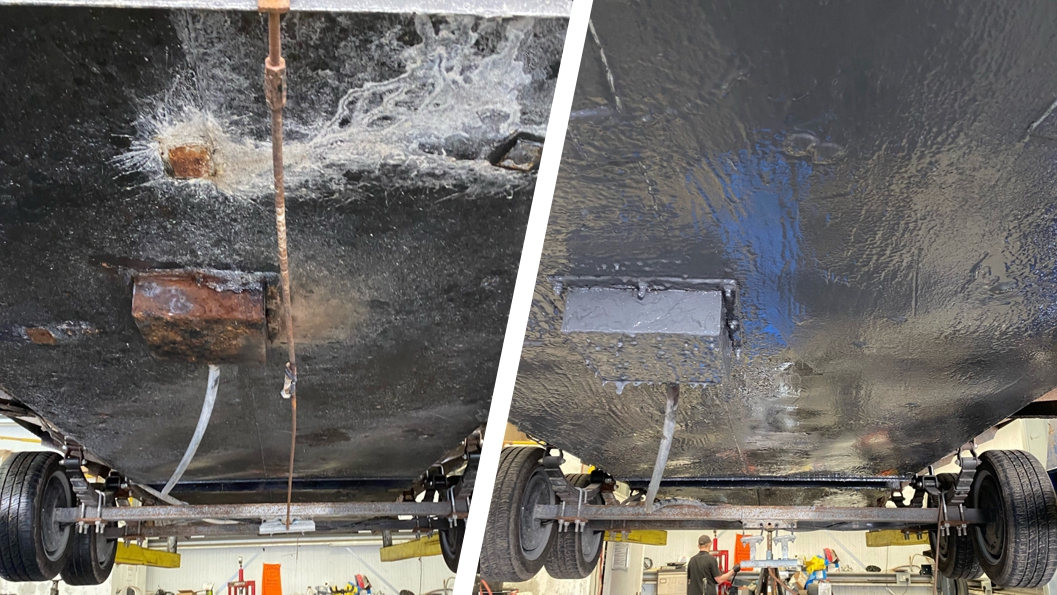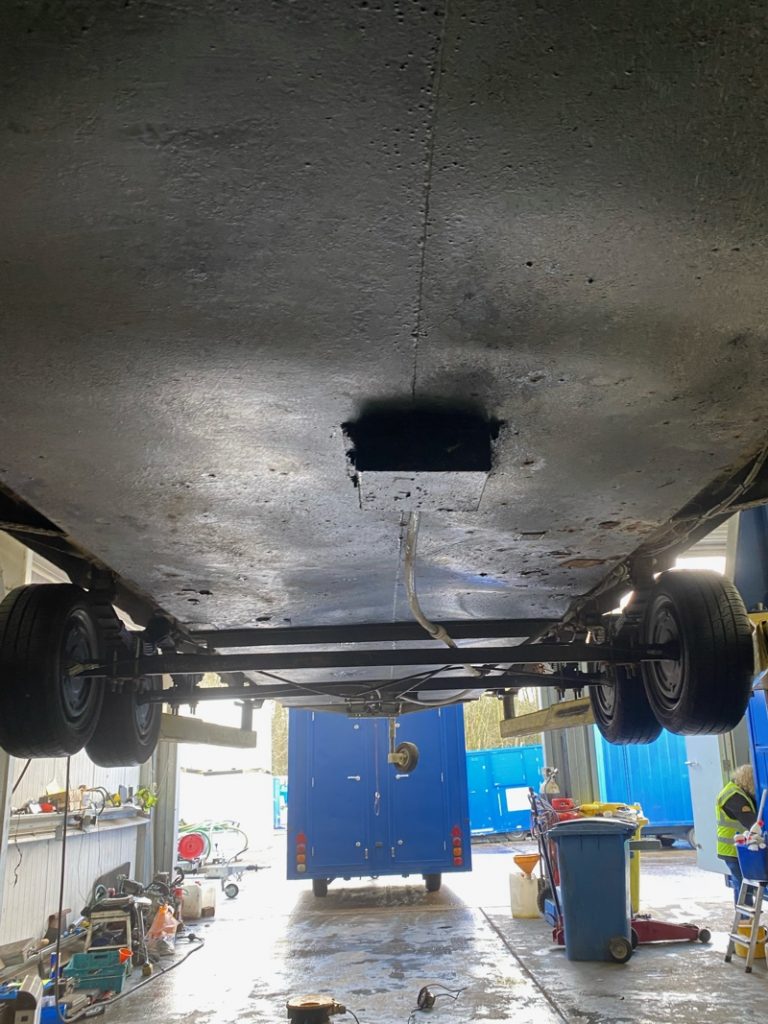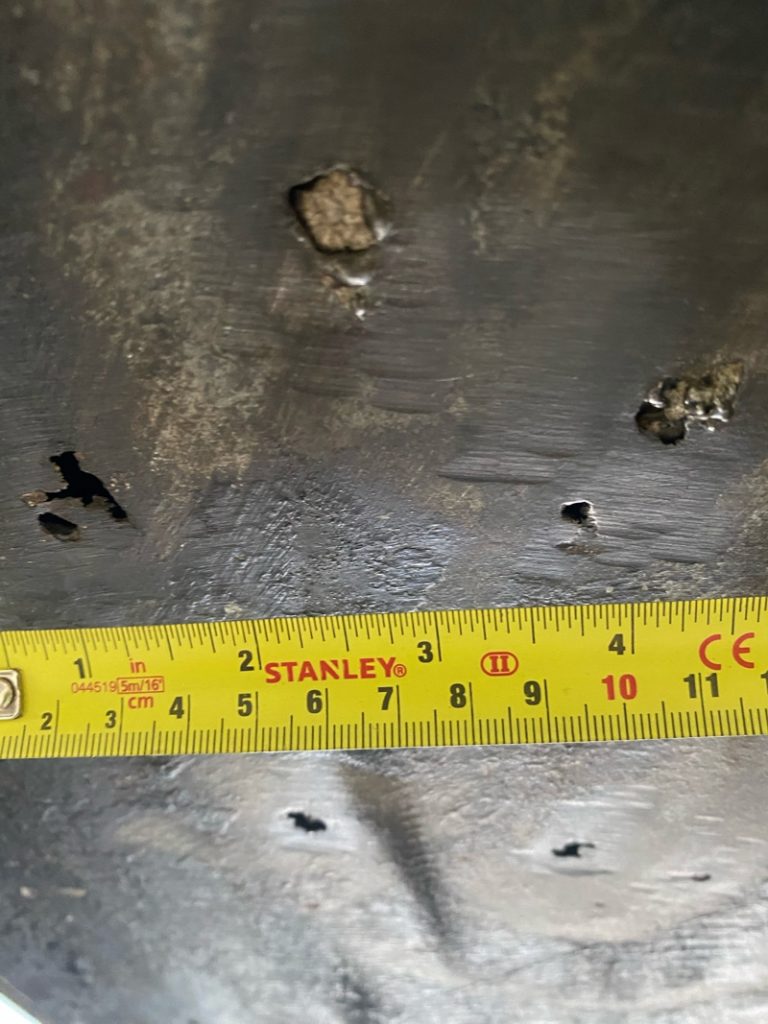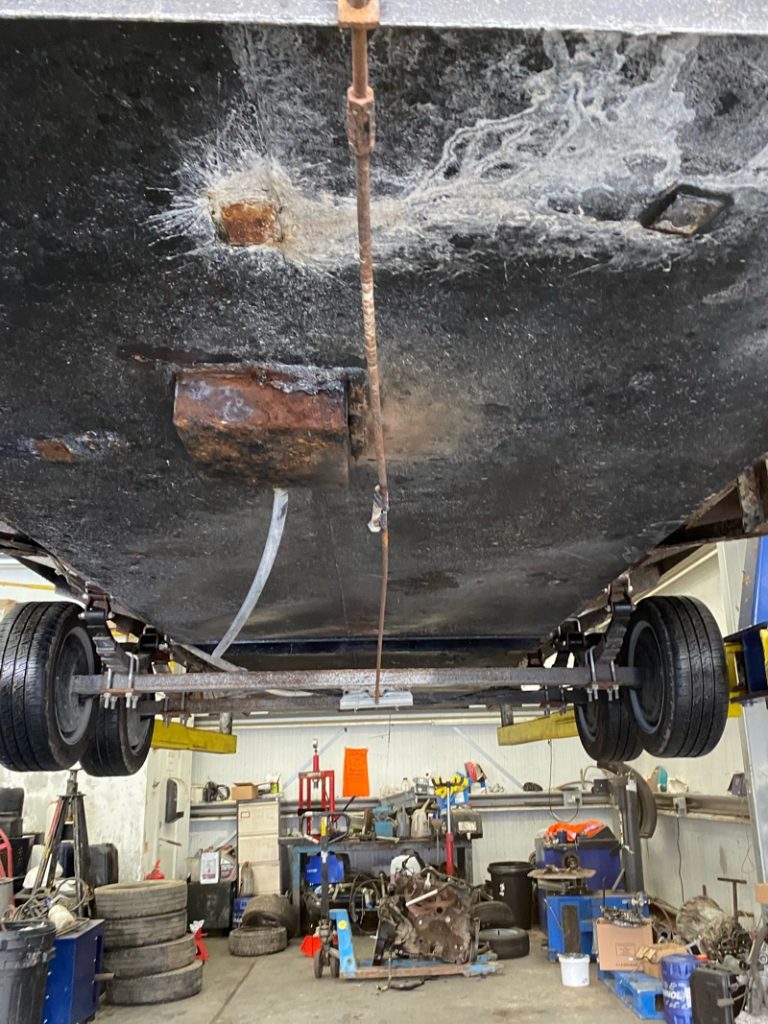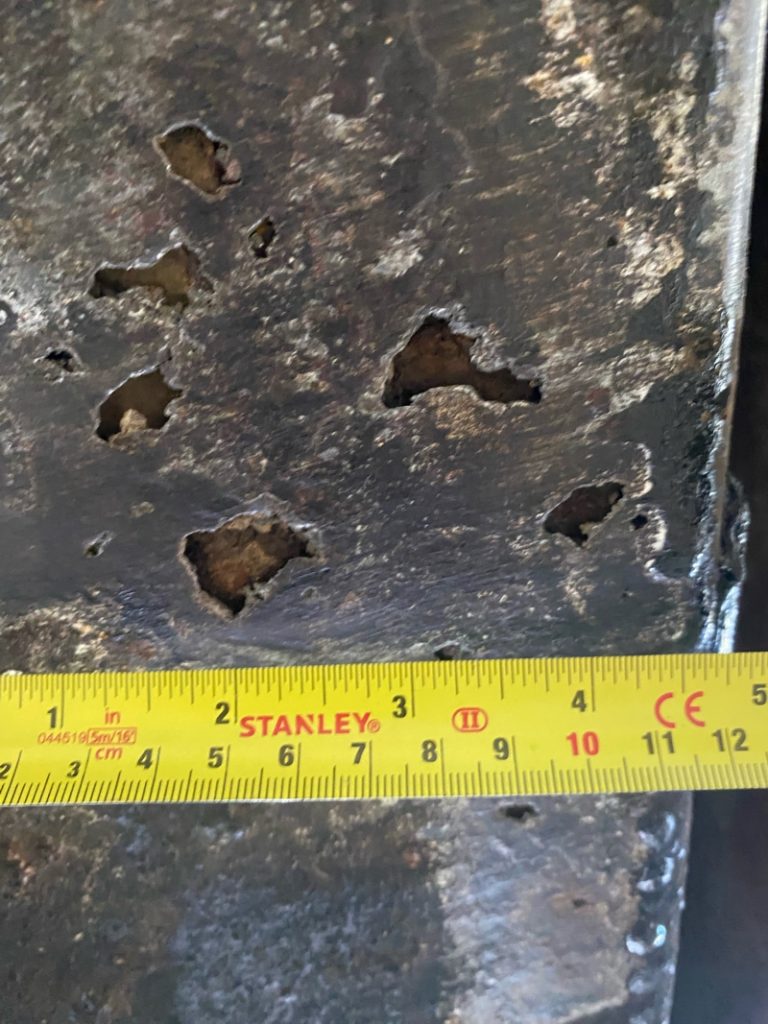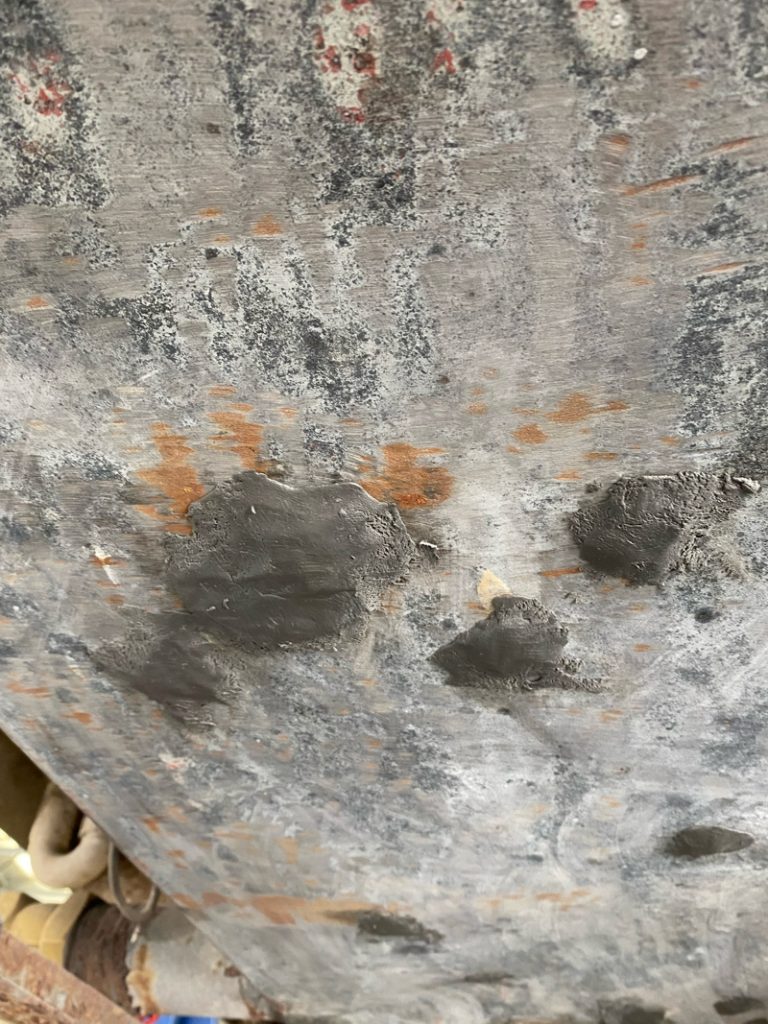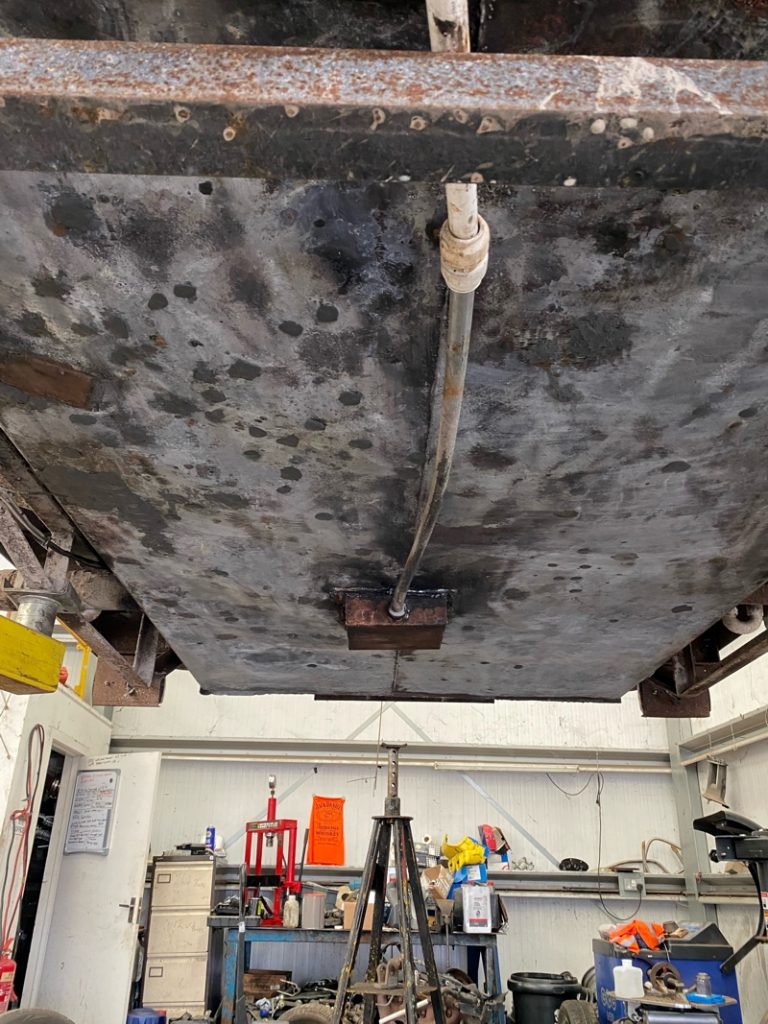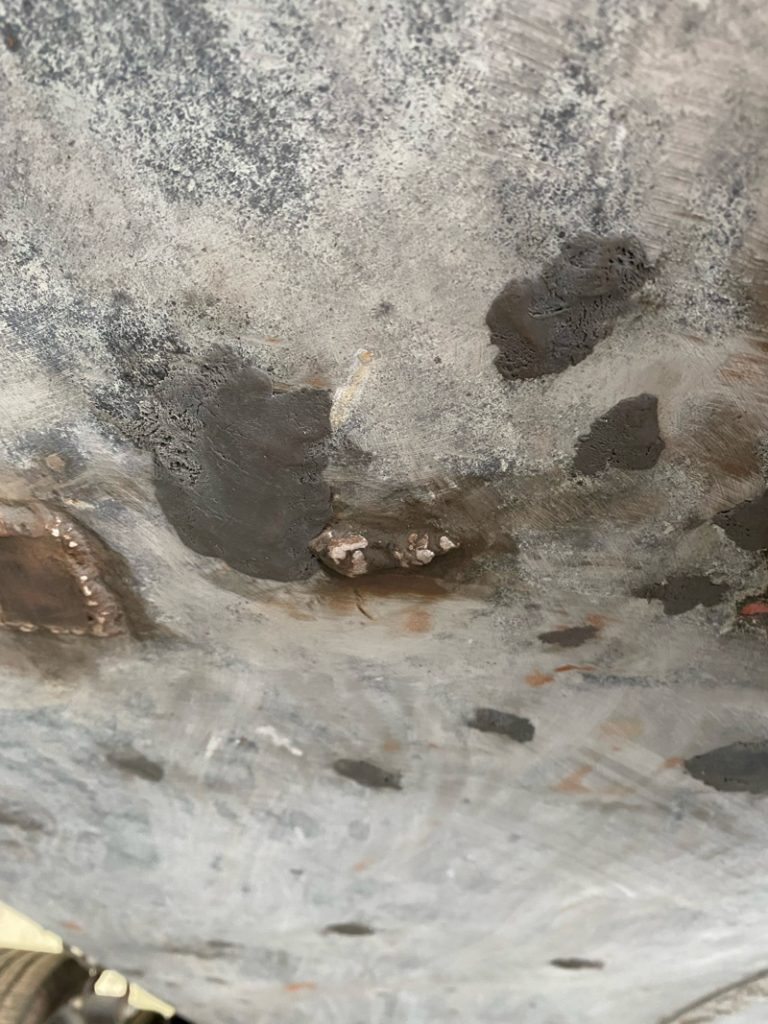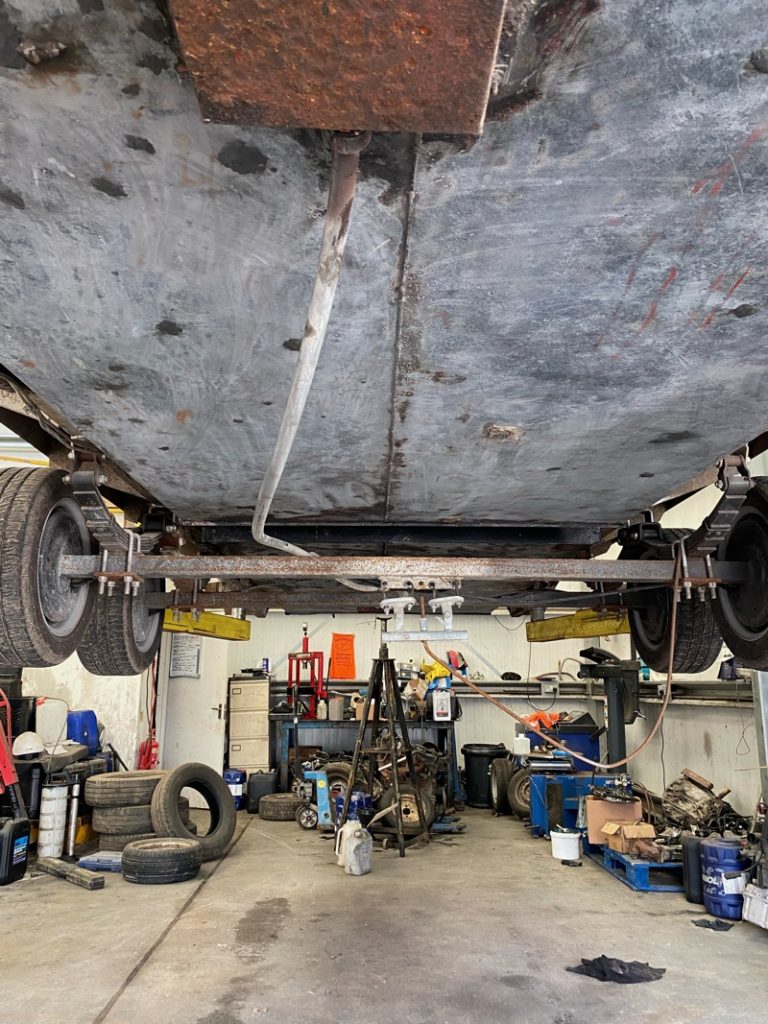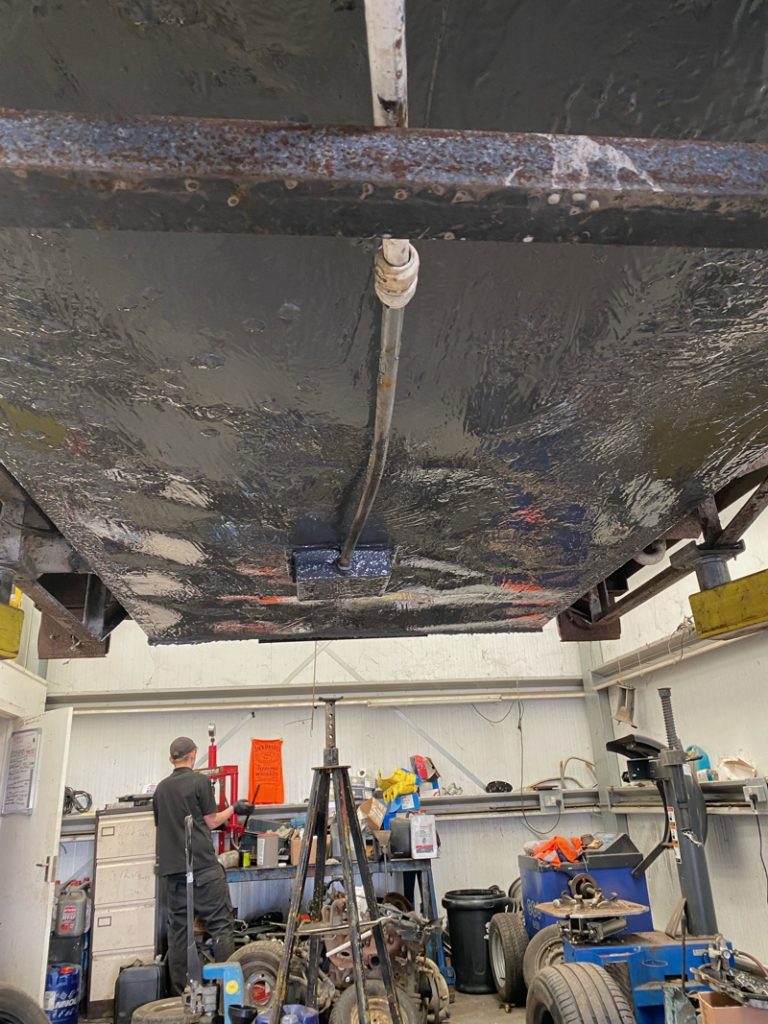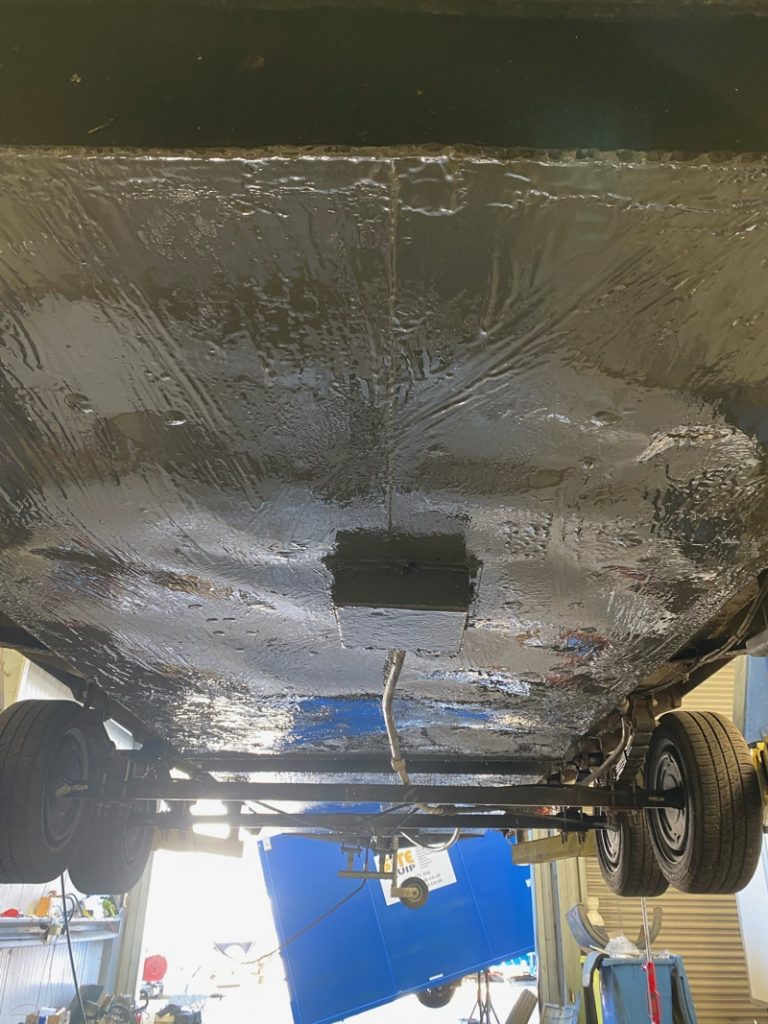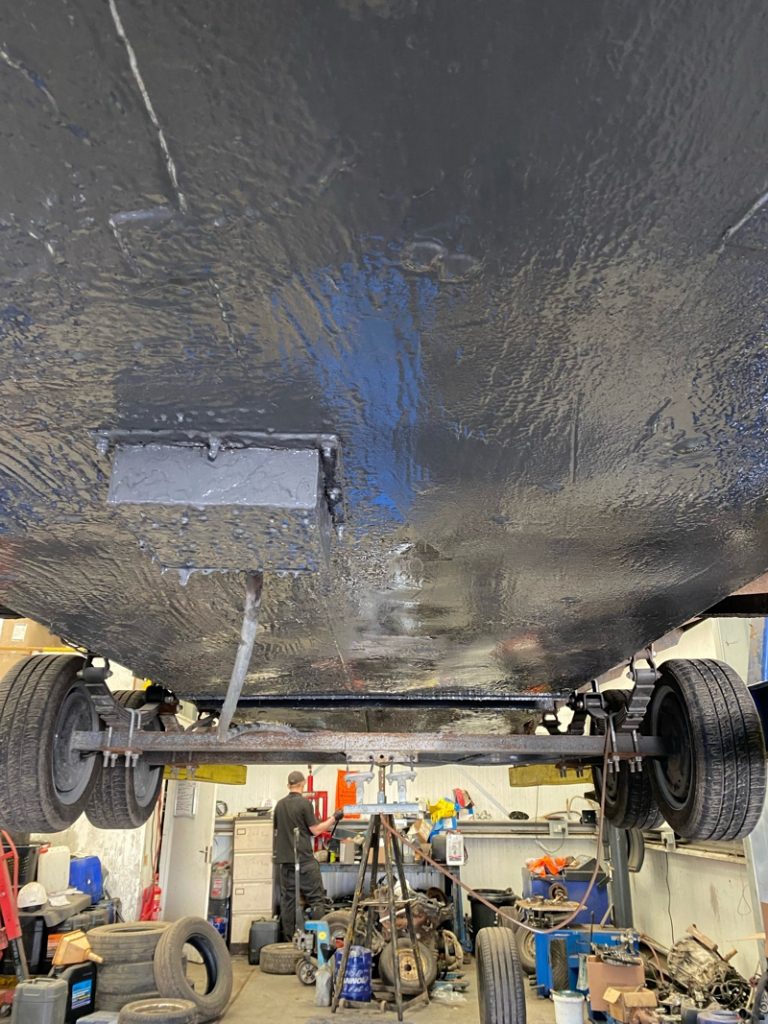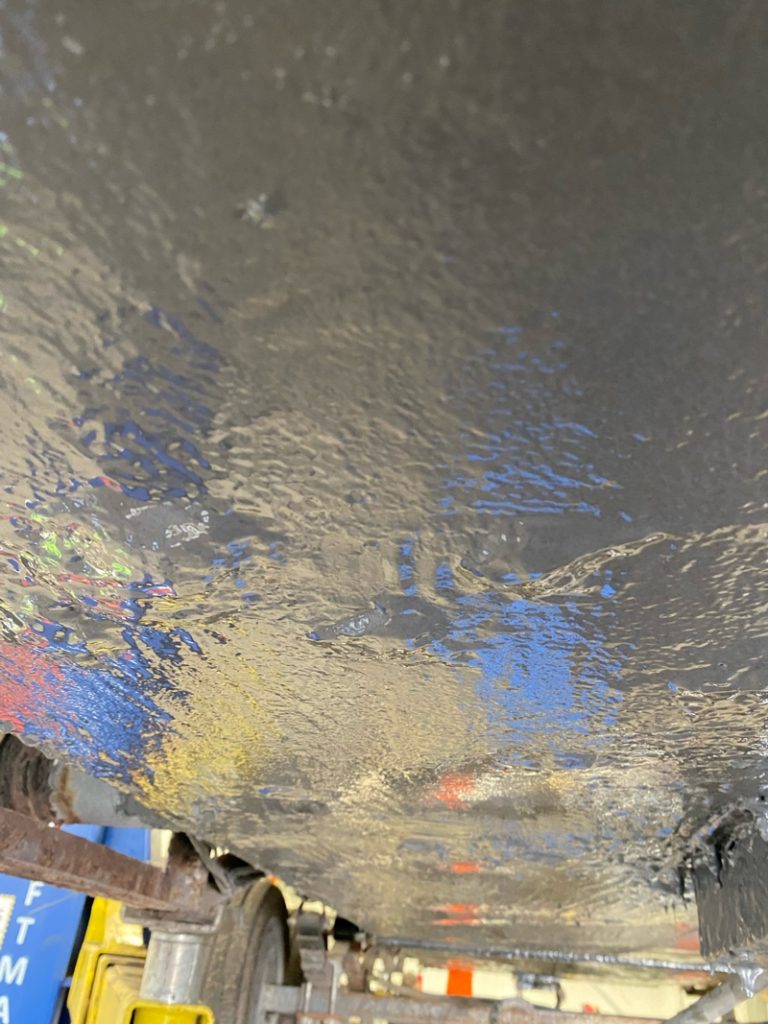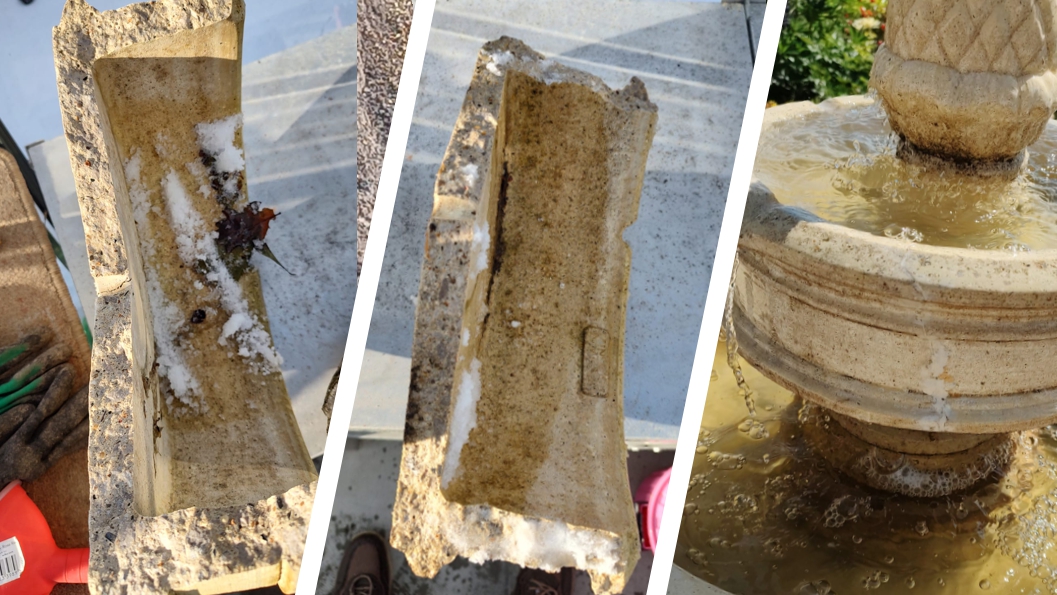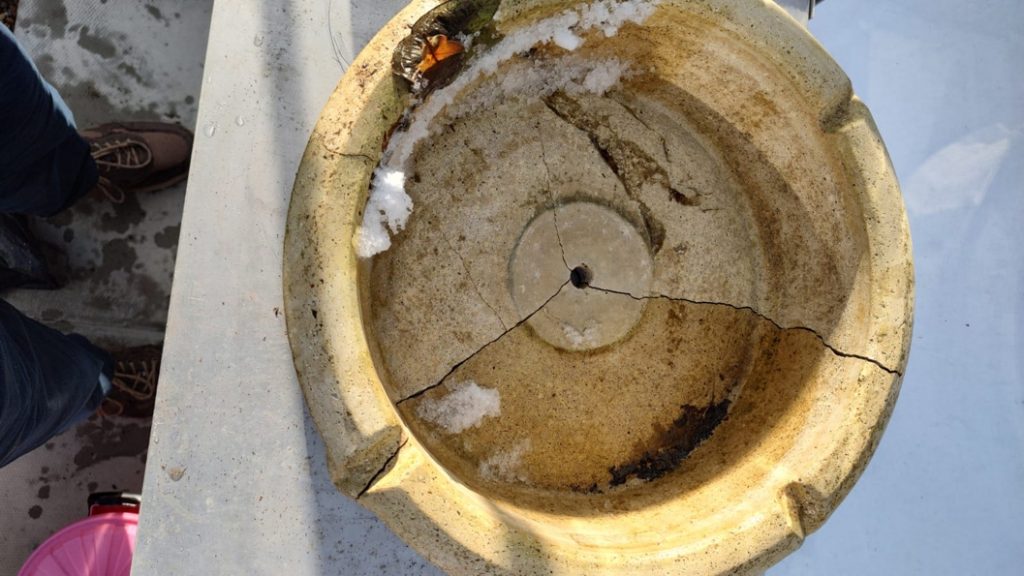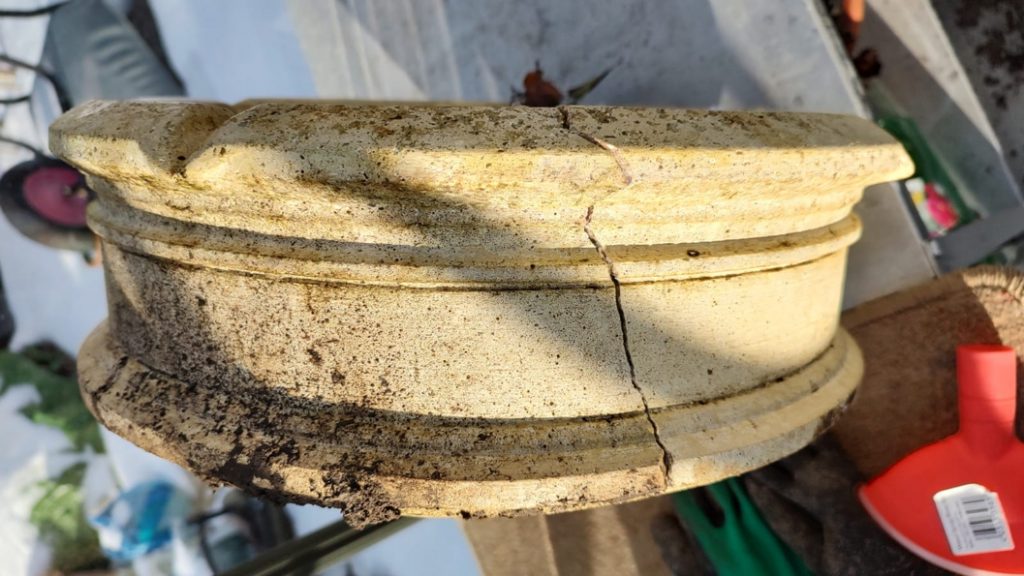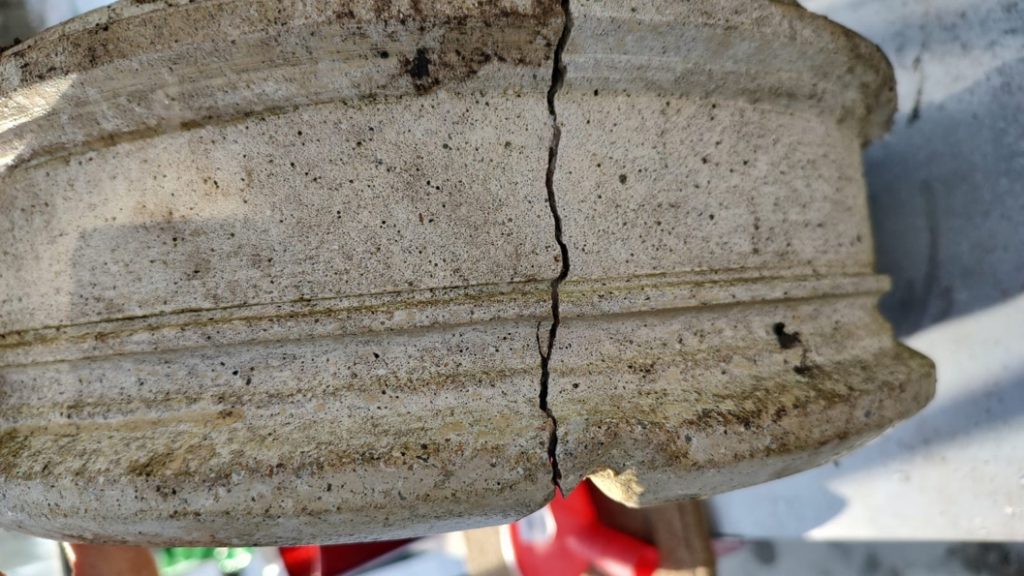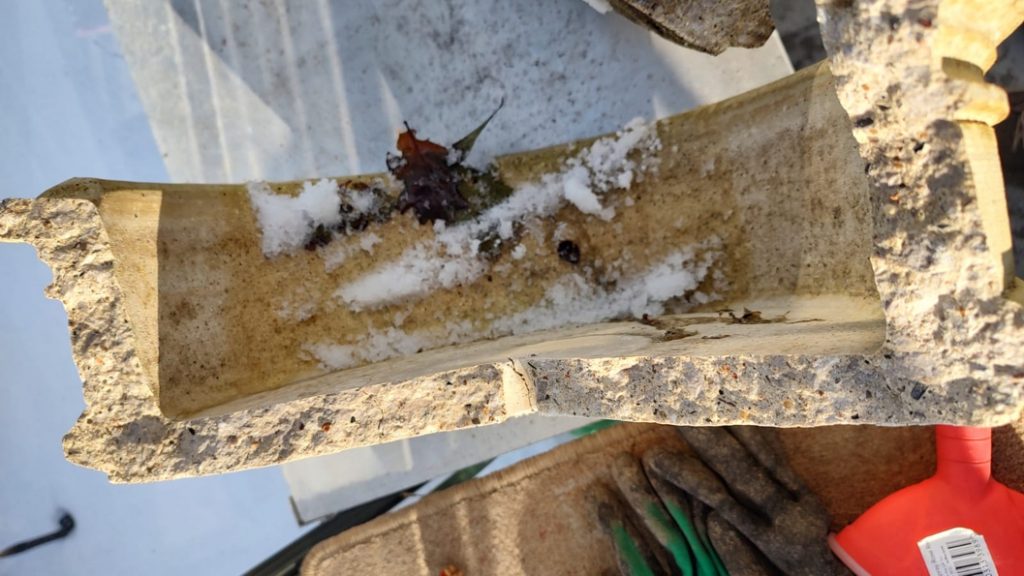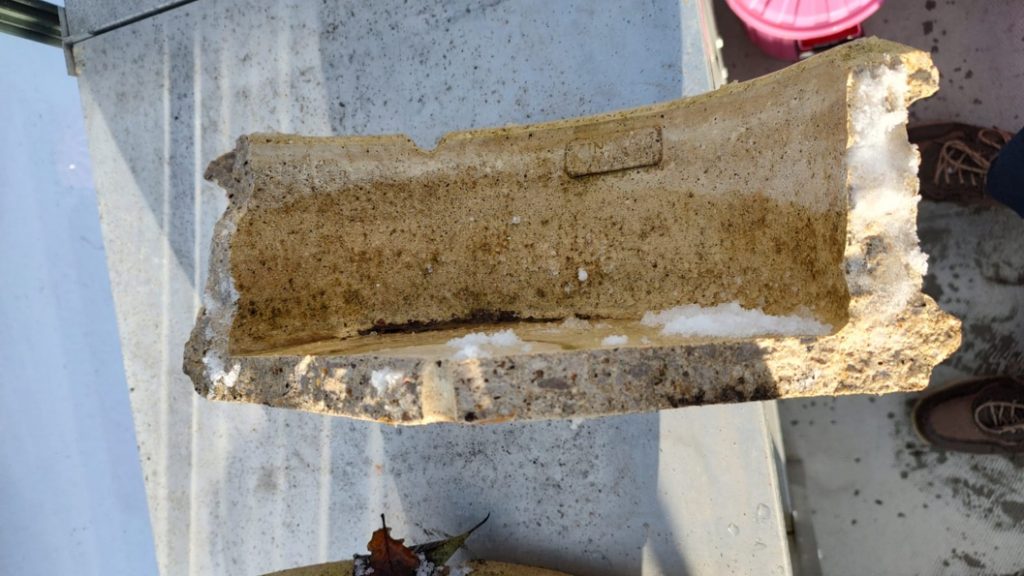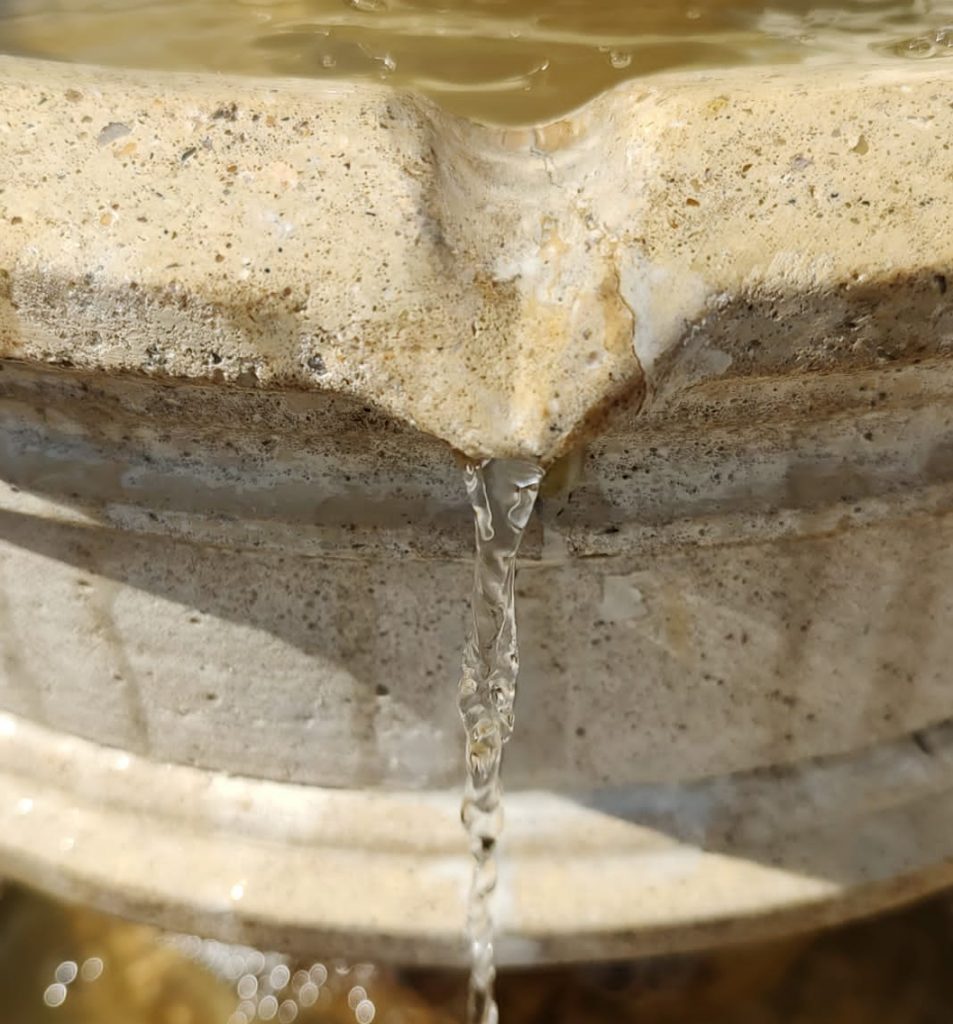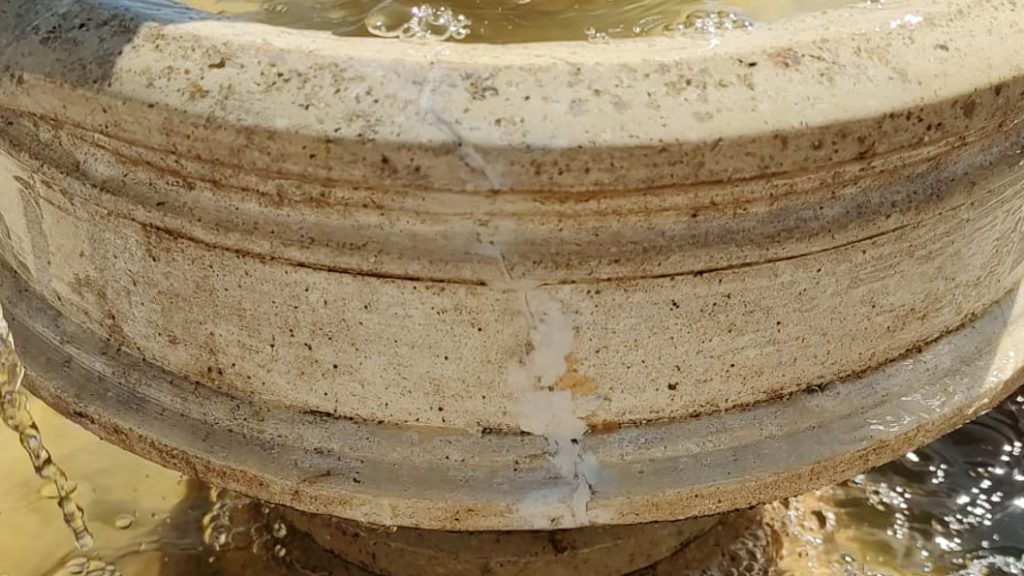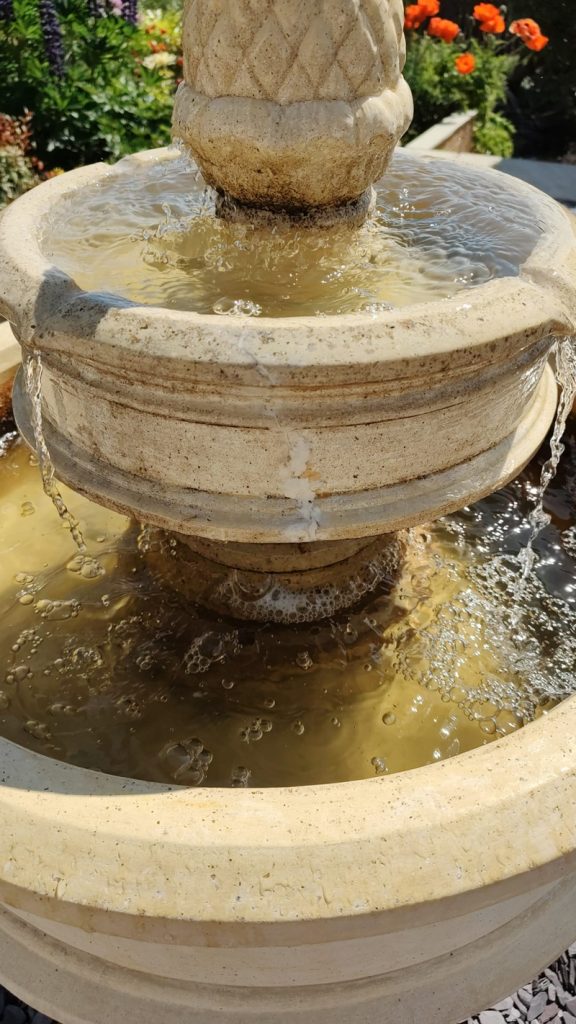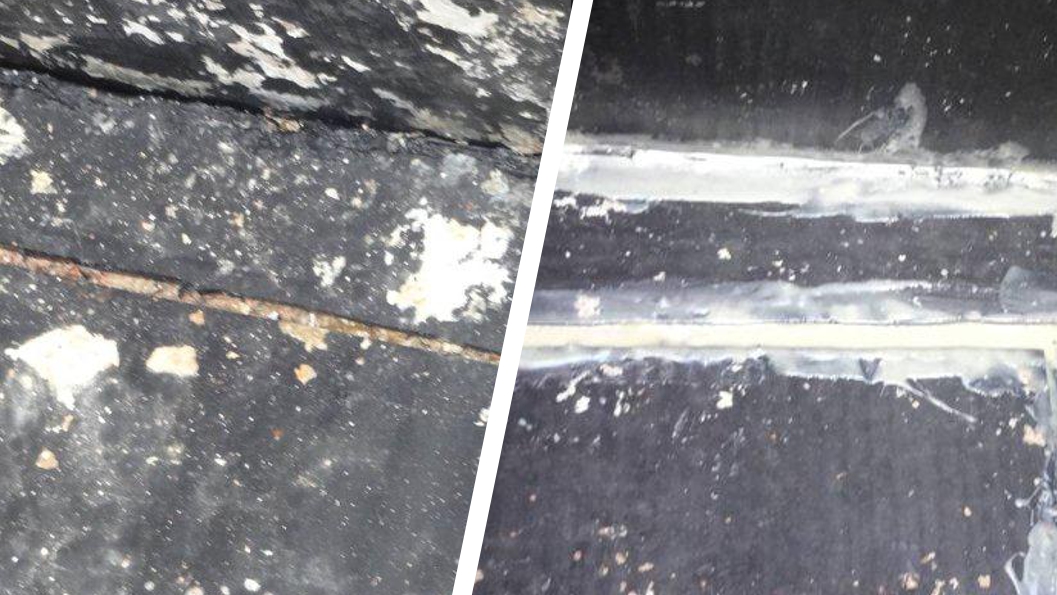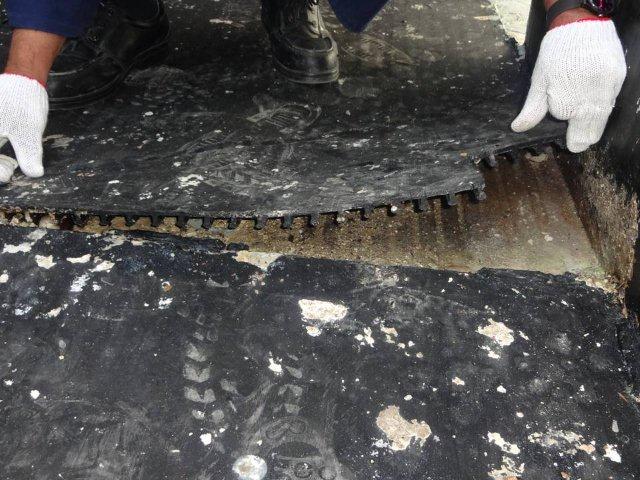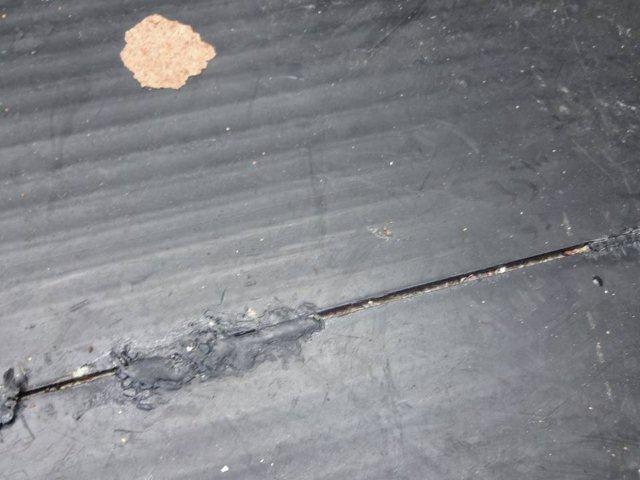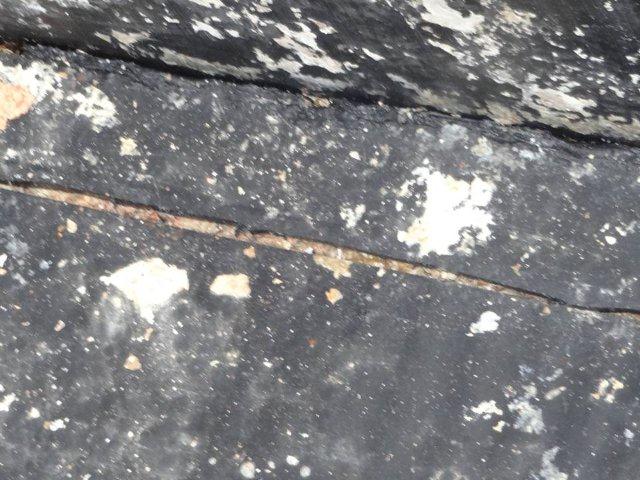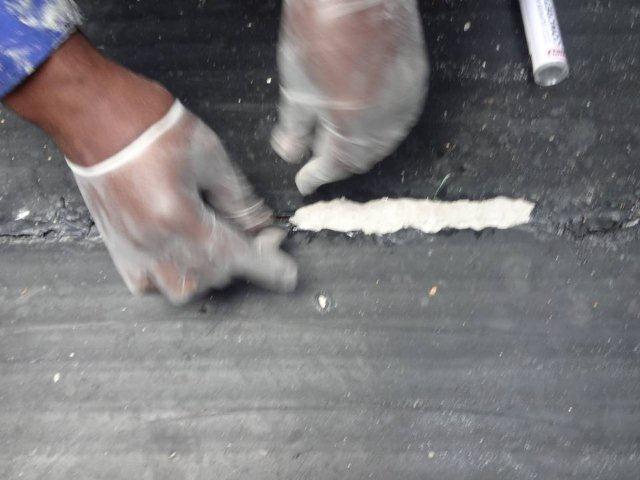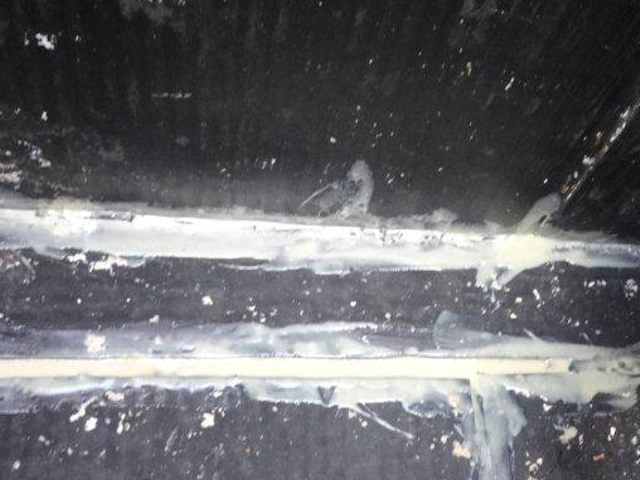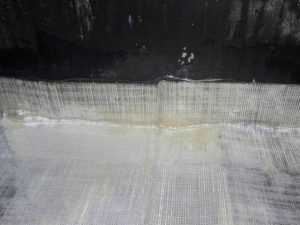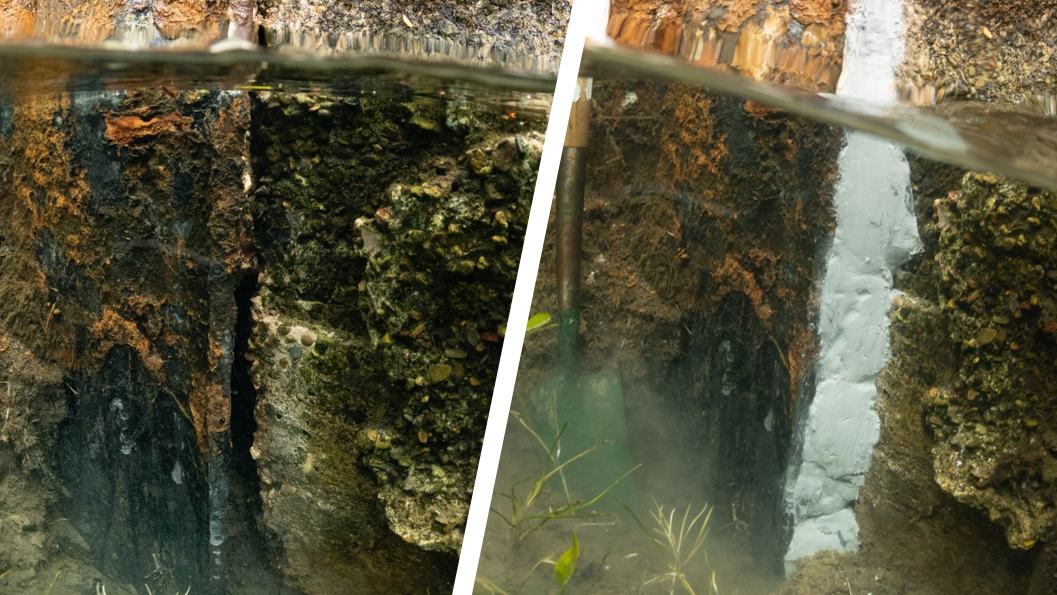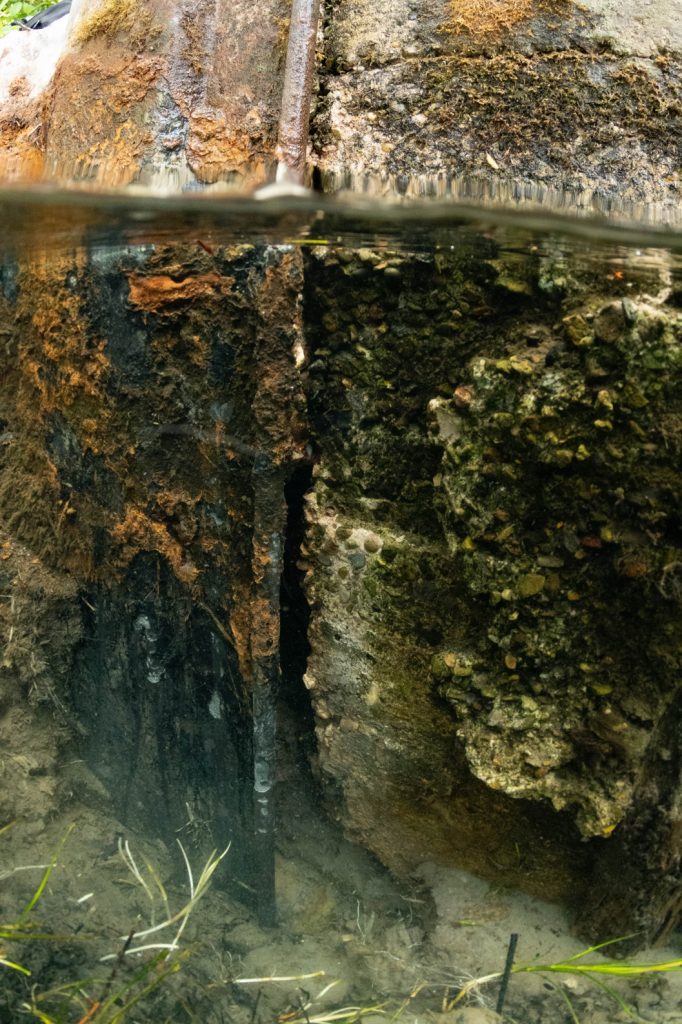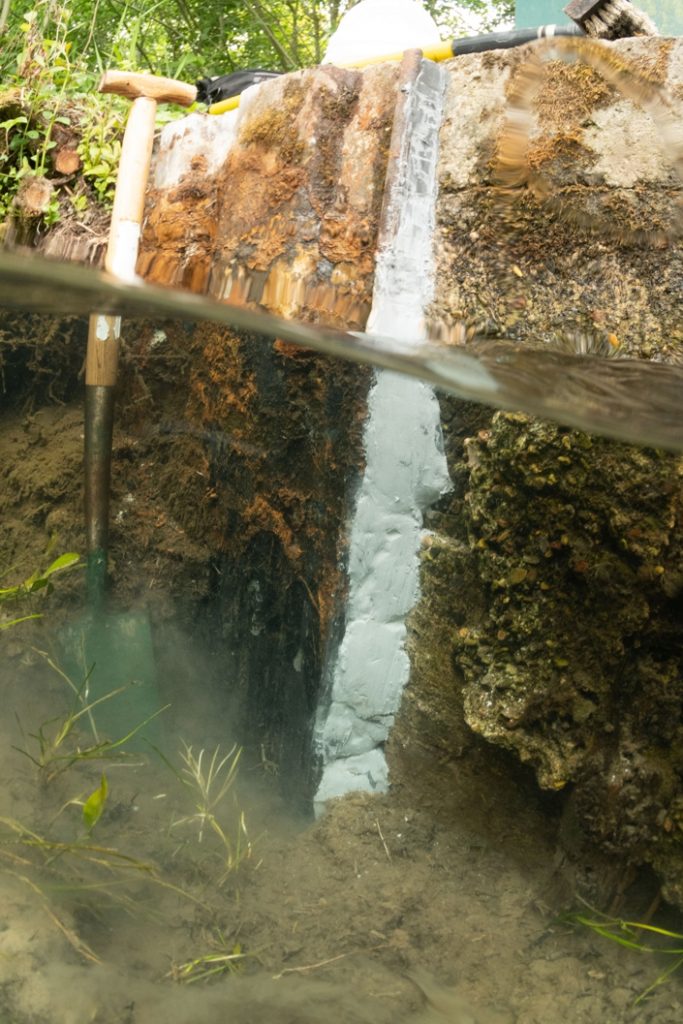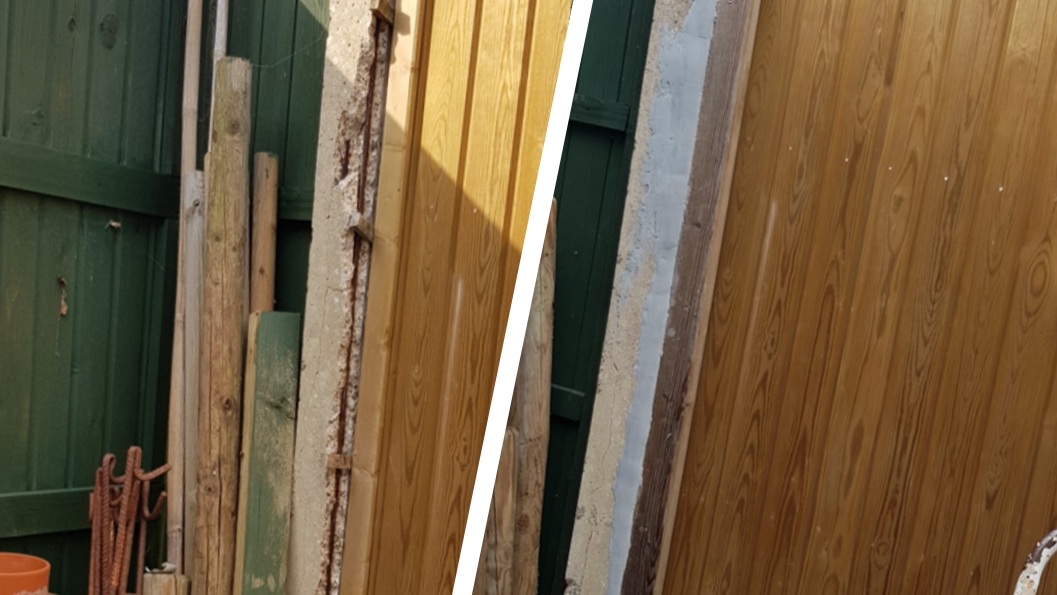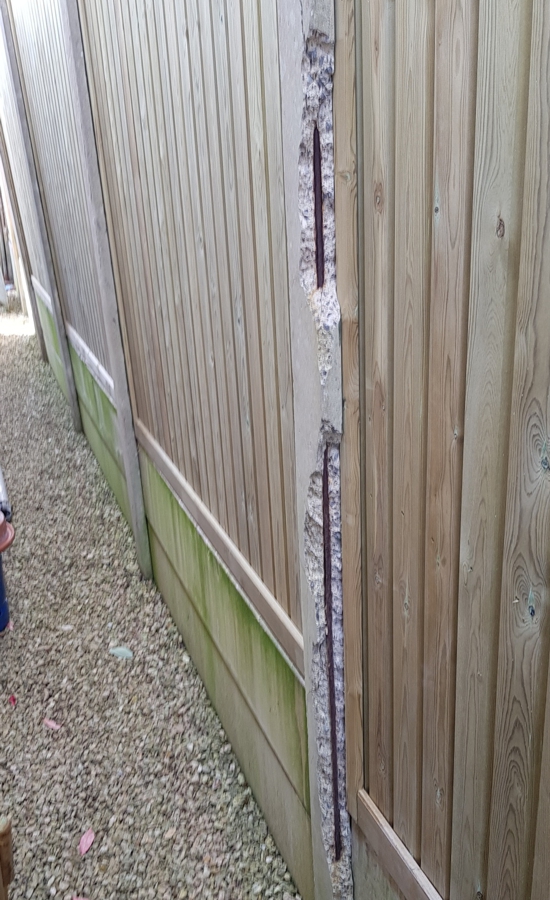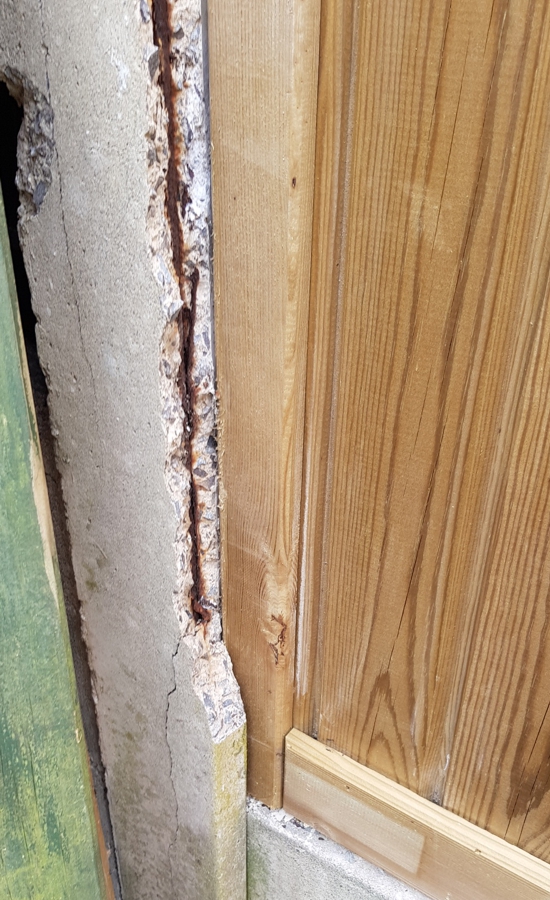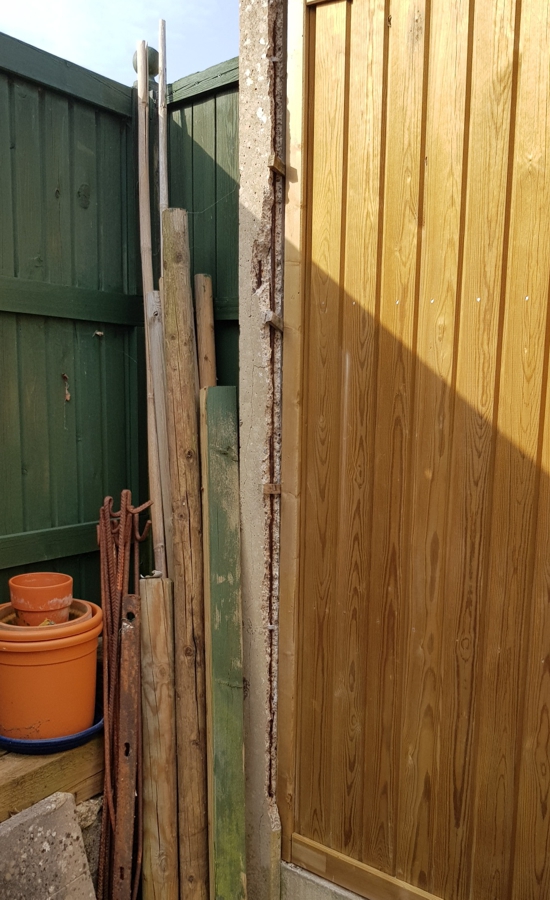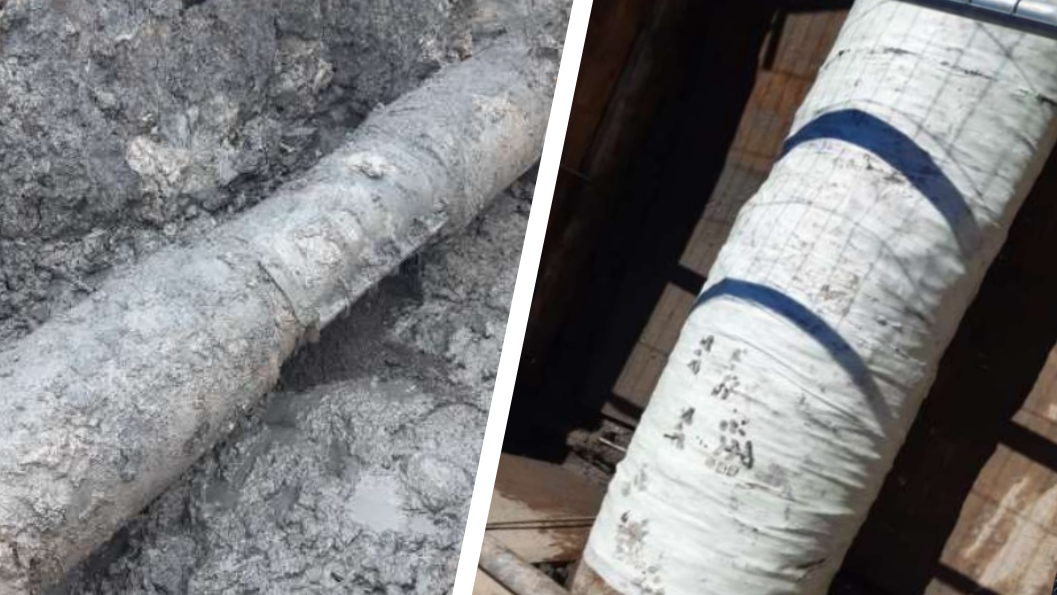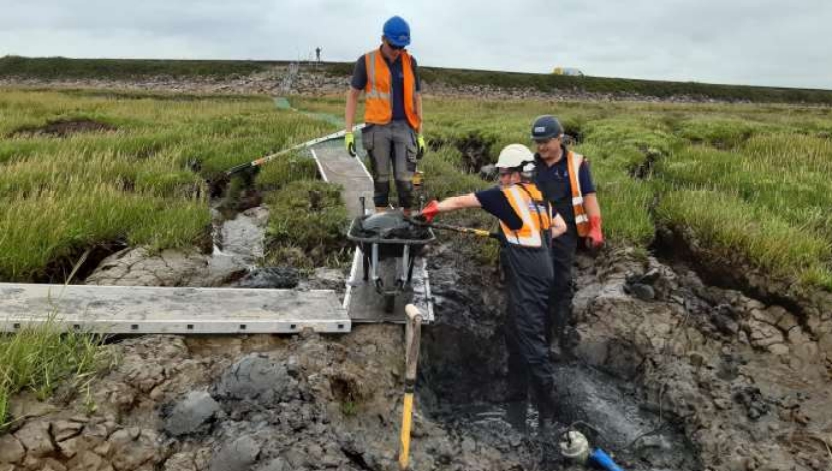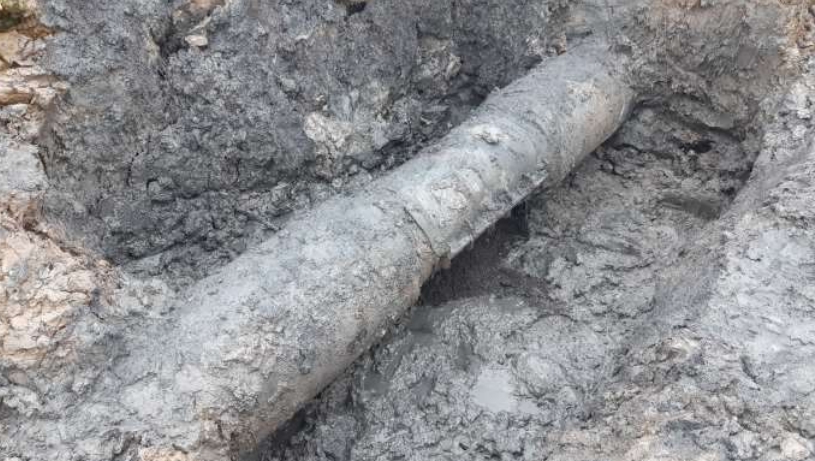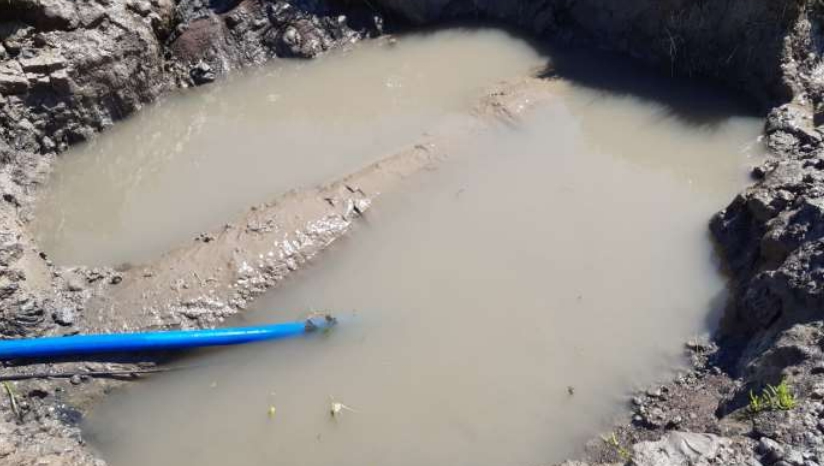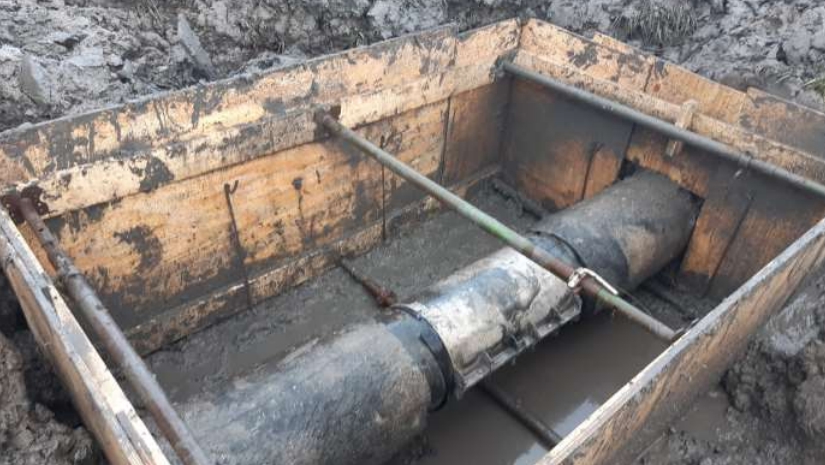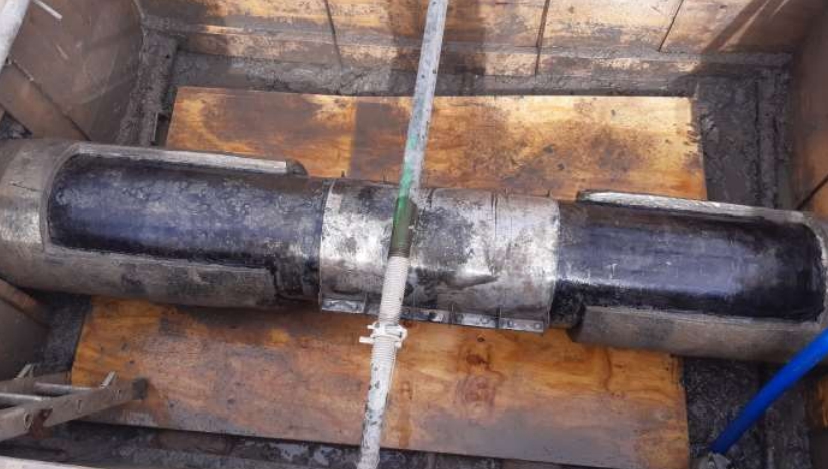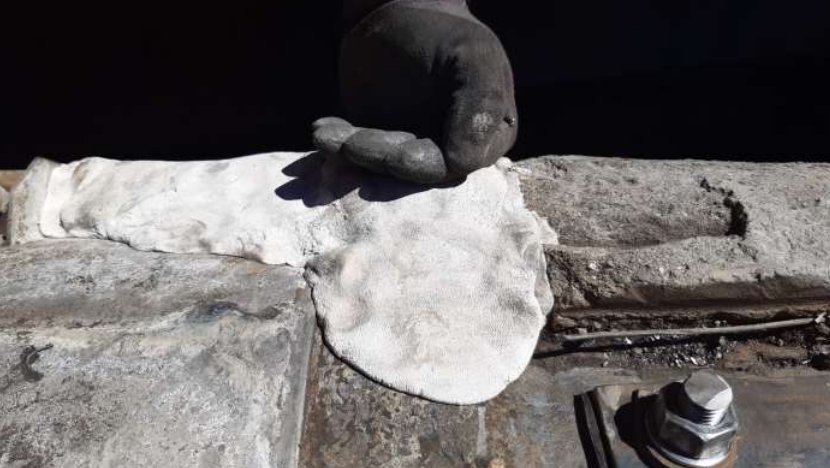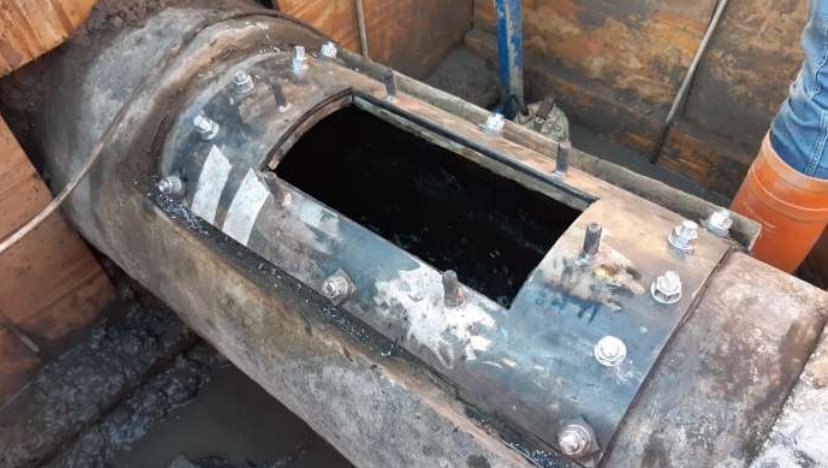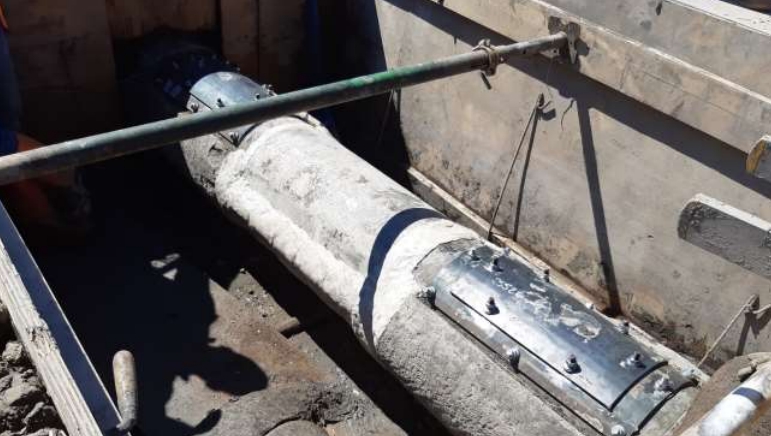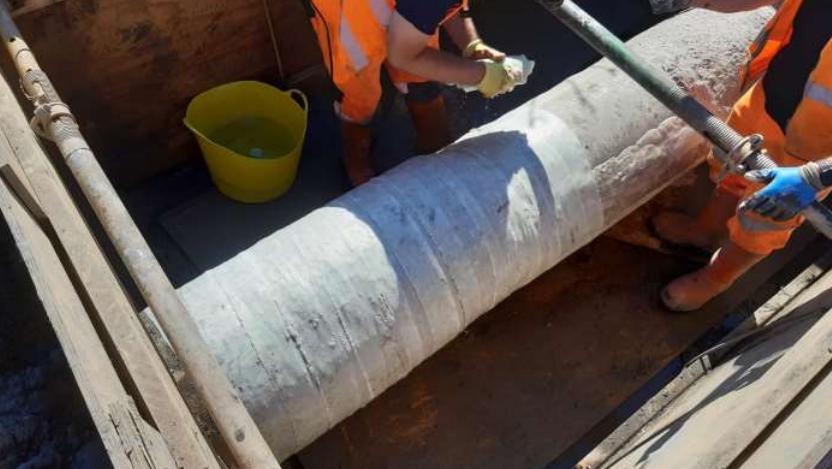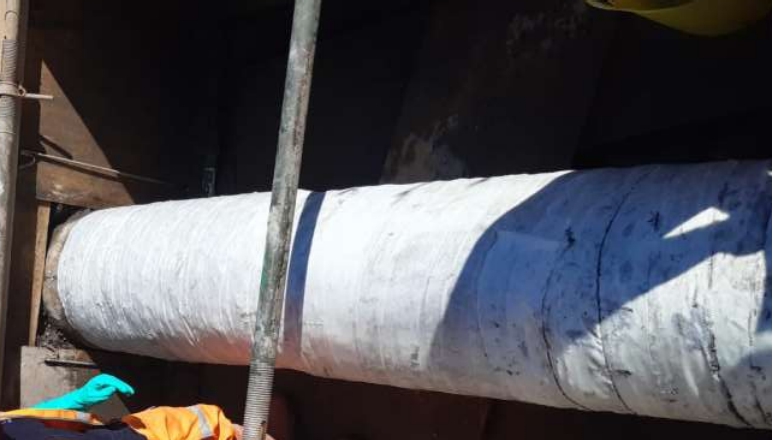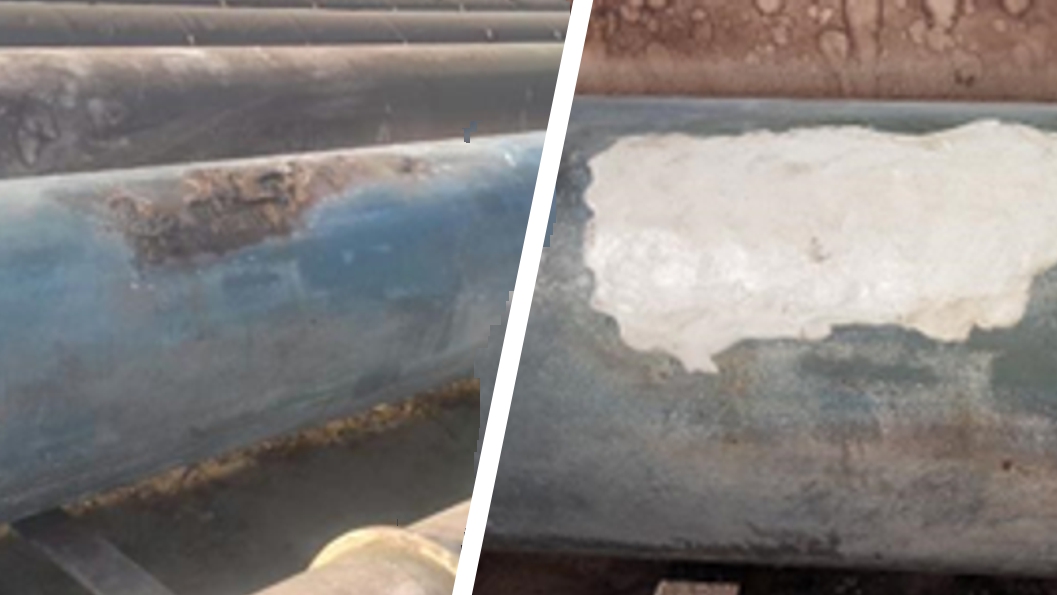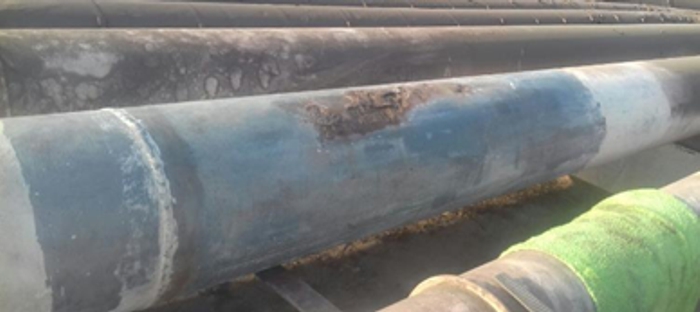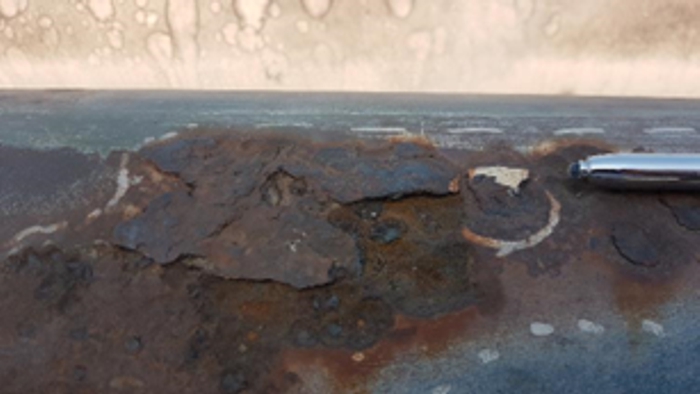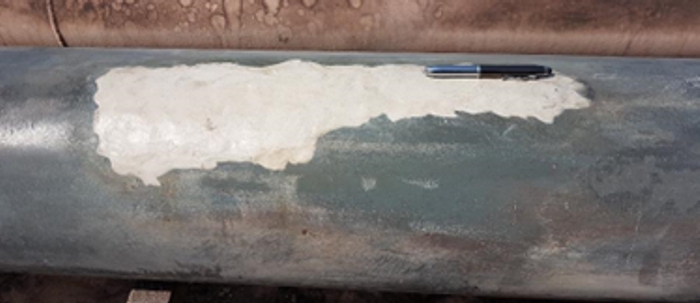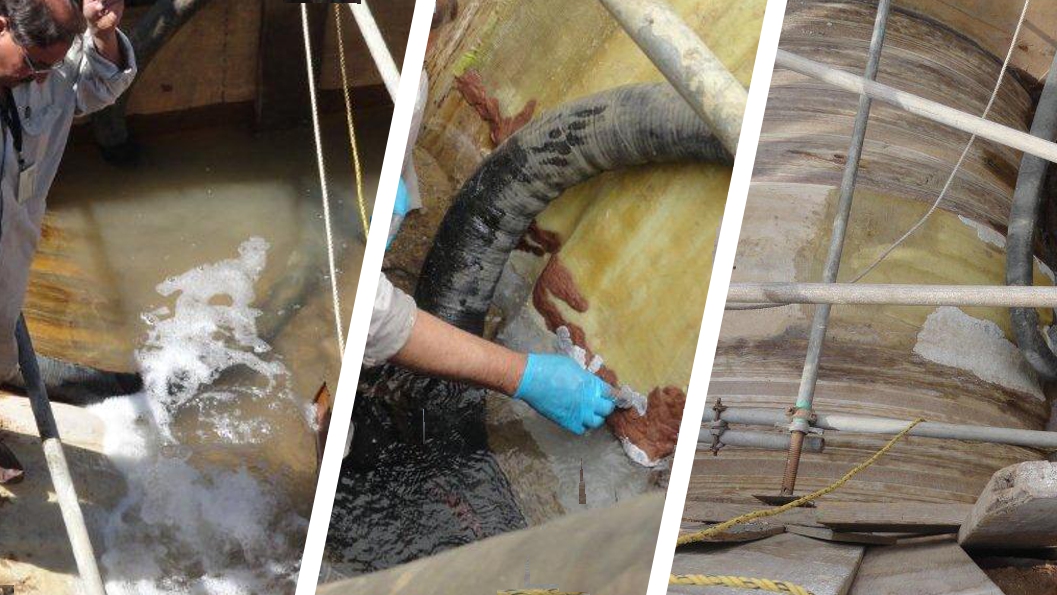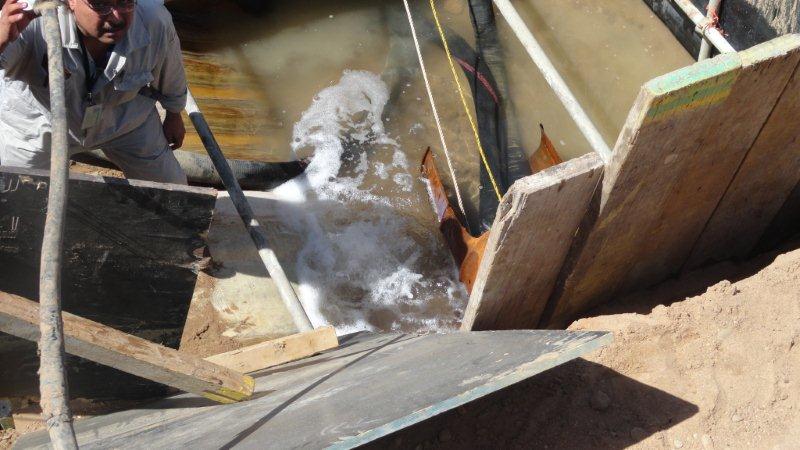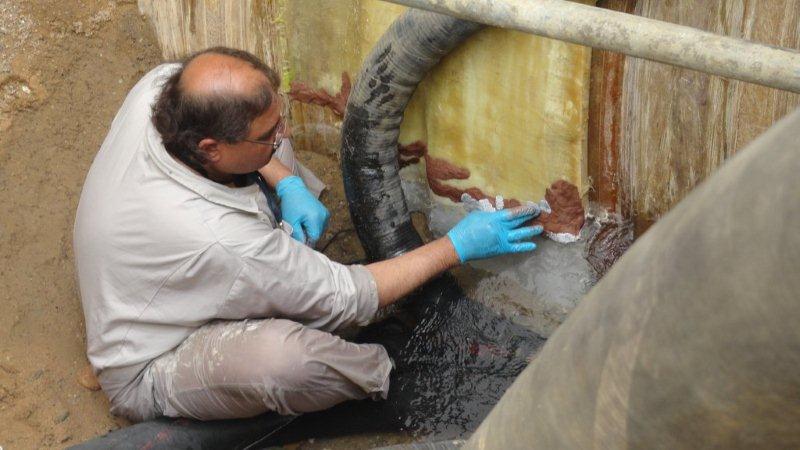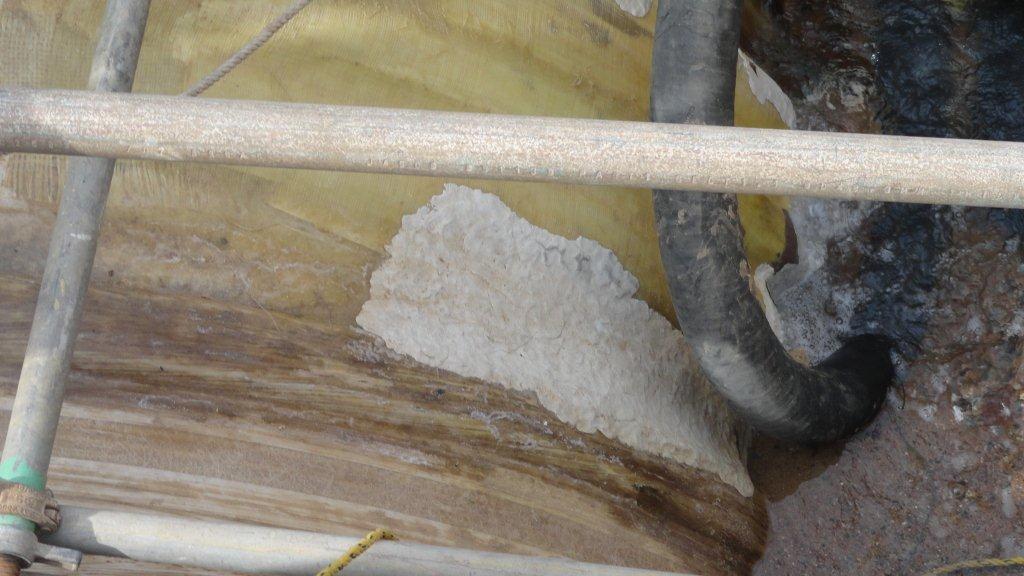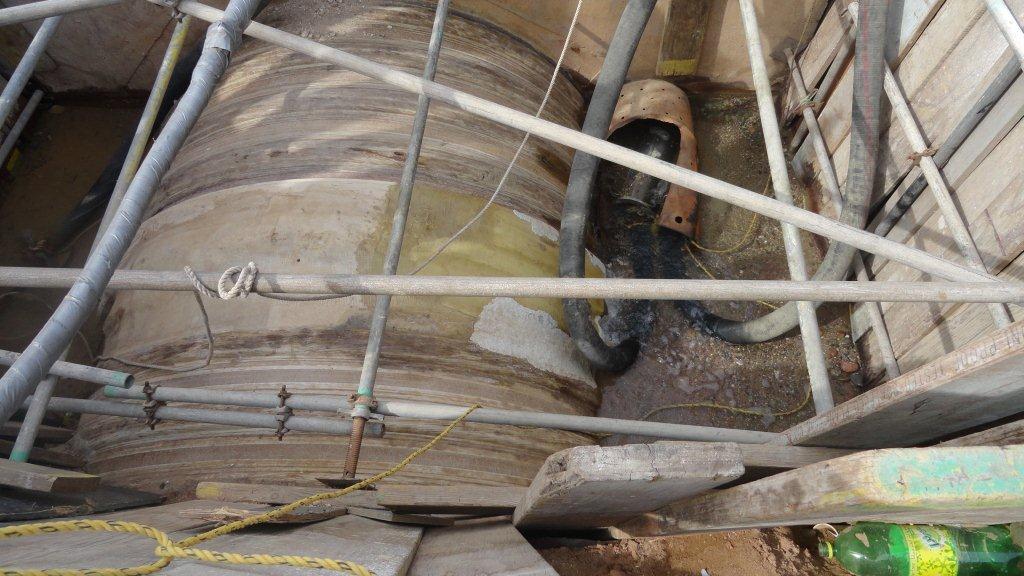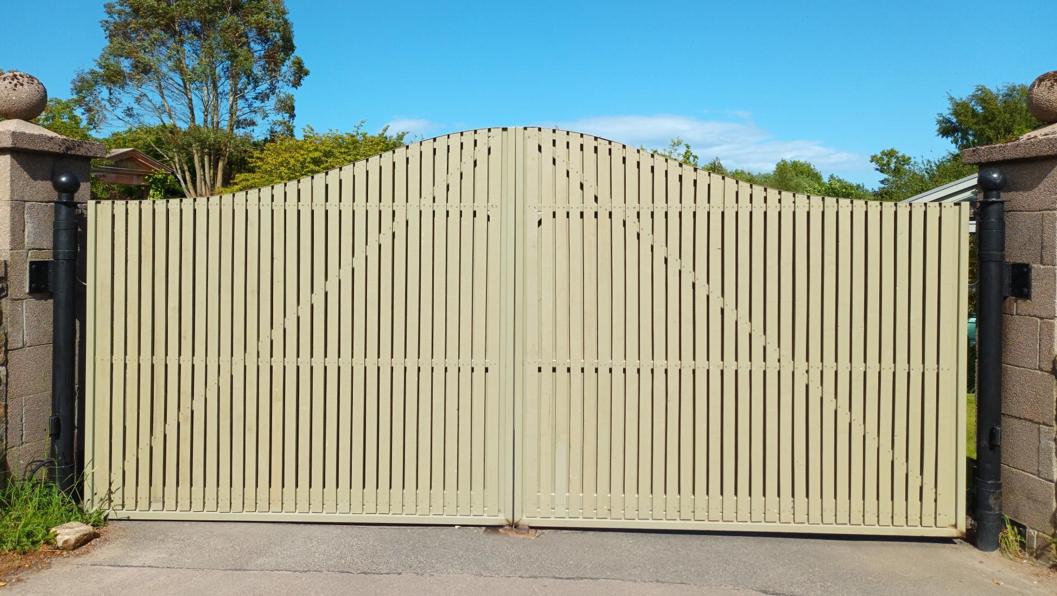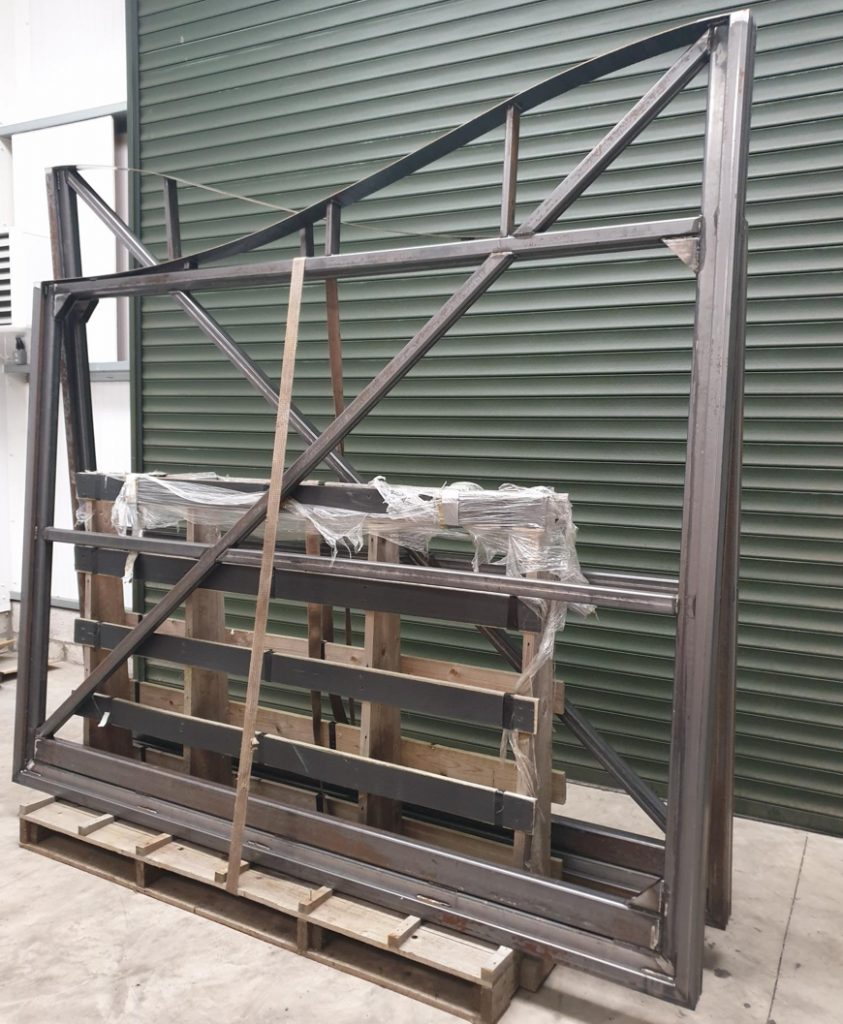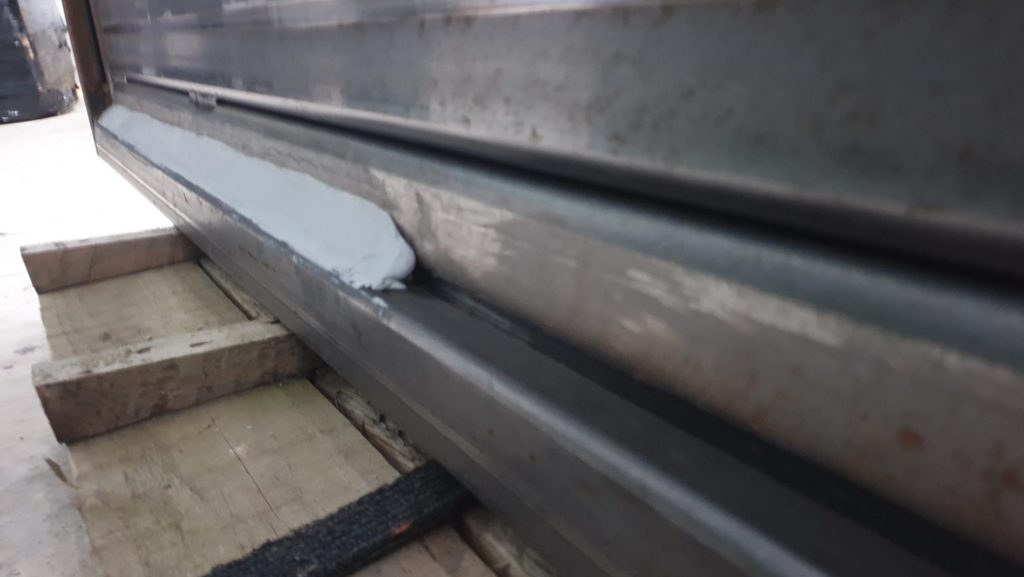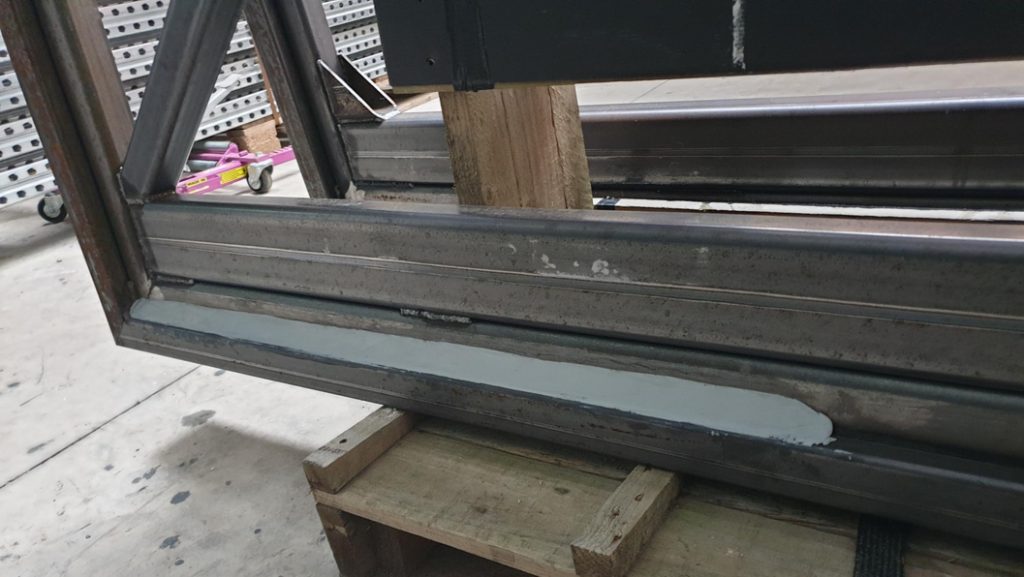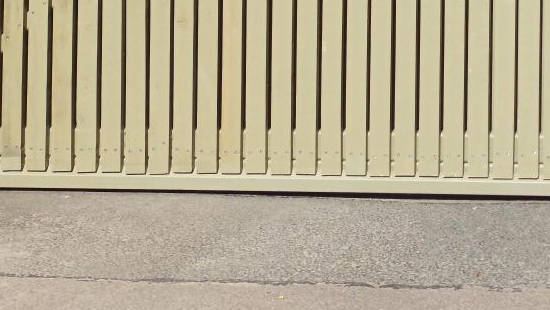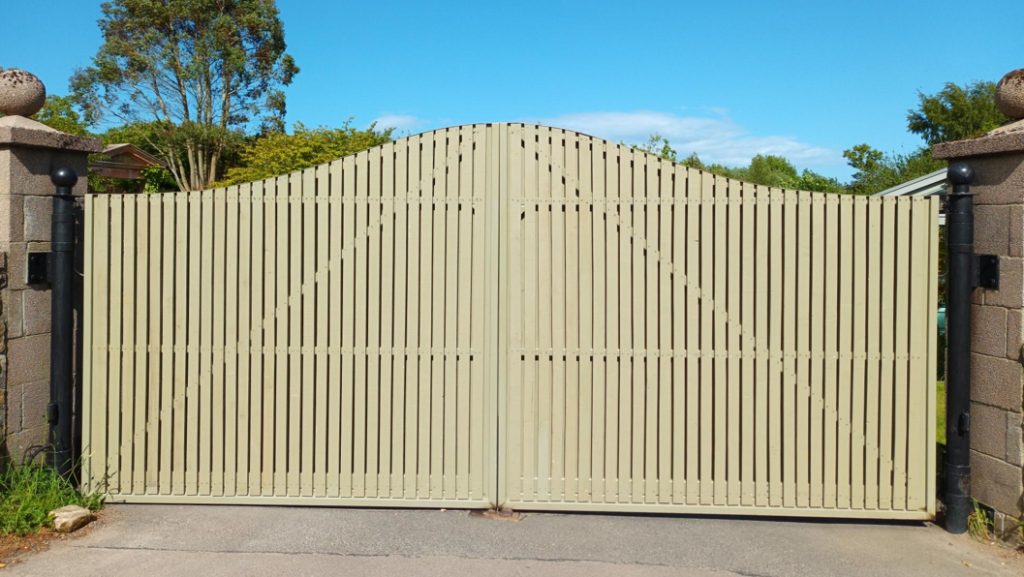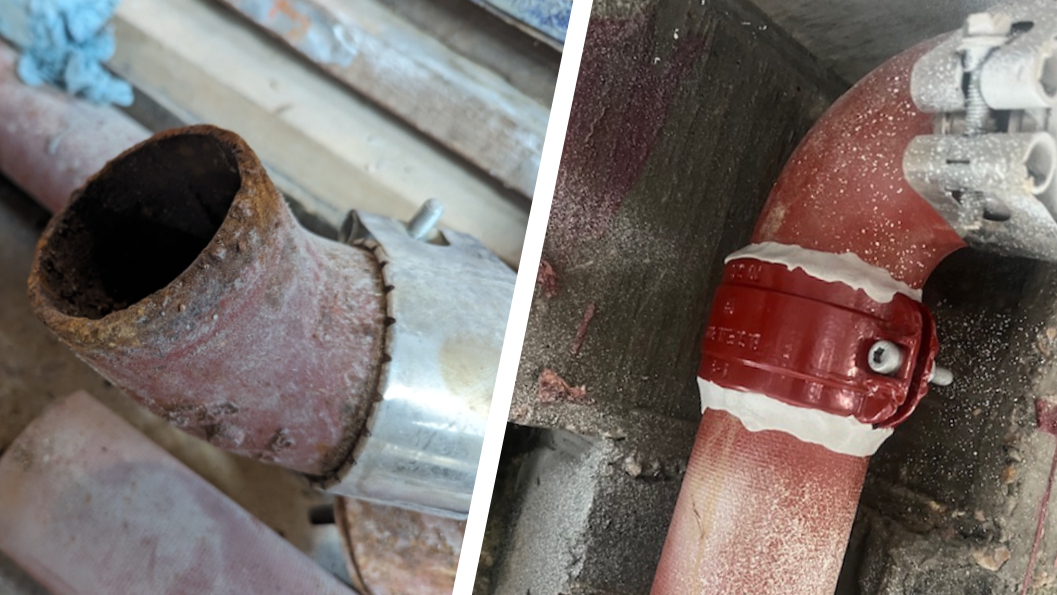
Three hundred not out – 300 joints are sealed in a leaking rainwater stack which threatened to derail the timeframe of an office block refurbishment
The refurbishment of a five-floor office block in central London is kept on track thanks to Sylmasta AB Original Epoxy Putty sealing 300 pipe joints in the repair of a 250-metre long internal cast iron rainwater stack leaking due to corrosion.
Case Study Data
Site
London office block
Location
UK
Repair Type
Leaking repair
Defect
Corroded joints in cast iron rainwater stack
Products Used
Sylmasta AB Original Epoxy Putty Stick
Waterproof epoxy putty with a two-hour work time for thorough leak sealing without the threat of curing before application is complete
Case Study PDF
Case Study Details
With the entire office block stripped out as part of the refurbishment, the internal cast iron rainwater stack was accessed for the first time in many years. This revealed that 30-year-old rubber seals used to attach different sections of pipe together had begun to fail and would need replacing.
When these rubber seals were removed, the pipe ends underneath were discovered to be badly corroded where water had become trapped. Because of the uneven pipe surface, pitting and breaches caused by corrosion, it was now impossible to achieve a watertight seal.
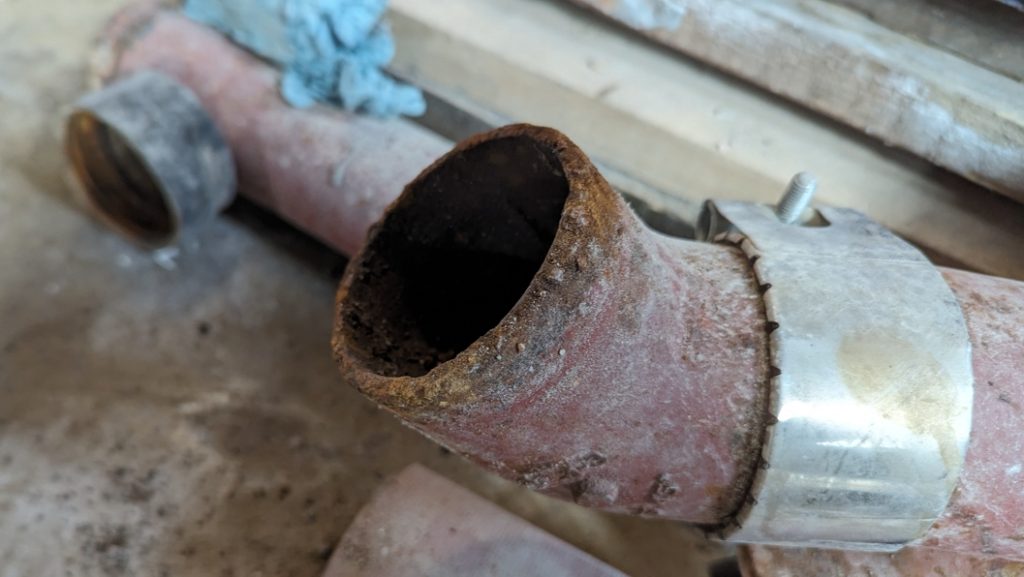
The engineering company carrying out the office refurbishment tried new rubber seals, metal seals, pipe repair clamps and pipe repair clamps with teeth. When the joints continued to leak, it appeared the only option was to replace the entire 250 metres of pipework at considerable cost and with significant delay to the office refurbishment.
Sylmasta were called in to see if there was a better solution to repair the rainwater stack rather than total replacement. It was soon established the newly installed clamps could be removed and Wrap & Seal Pipe Burst Tape used to reconnect the pipe joints together, sealing them much more effectively.
However, the rainwater stack system running close to walls, floors and ceilings made it awkward in some areas to apply Wrap & Seal with the required 300 percent stretch. Removing every clamp would also be a time-consuming task.
It was instead decided to seal each clamp with Sylmasta AB Original Epoxy Putty Stick. Enough putty was cut from the 200g stick and kneaded by hand. Whilst soft, AB Original was forced into both ends of the clamp, filling the gaps between it and the corroded pipe surface.
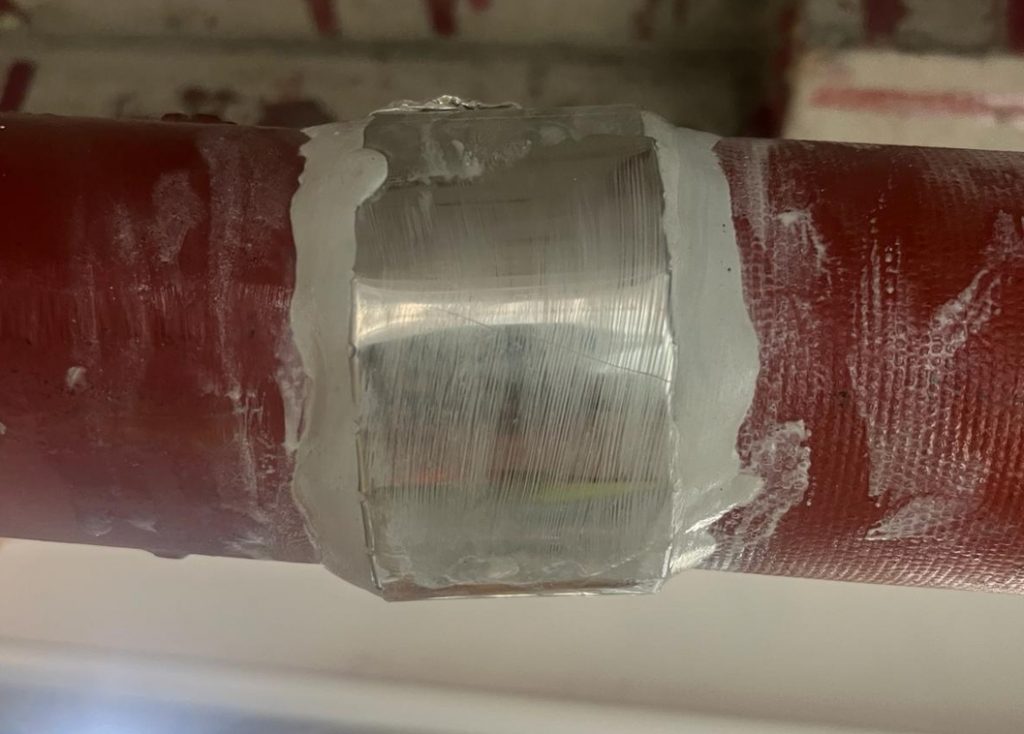
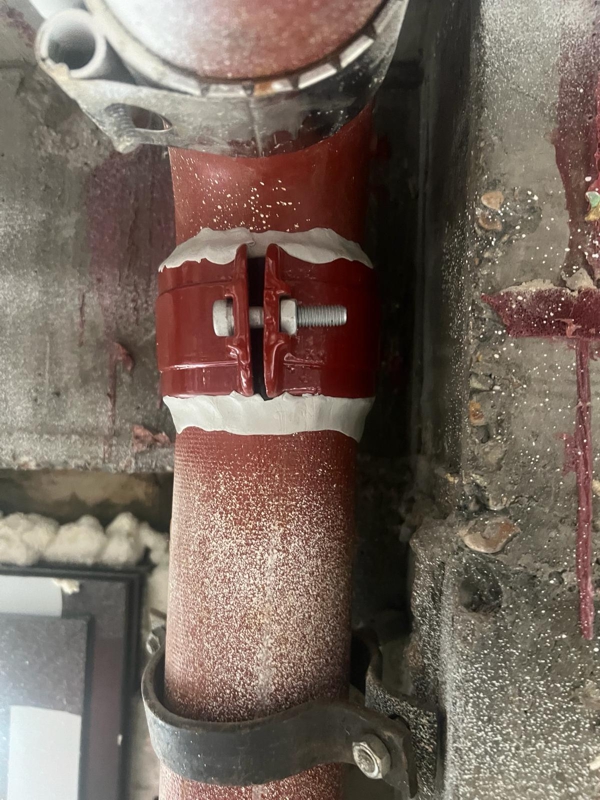
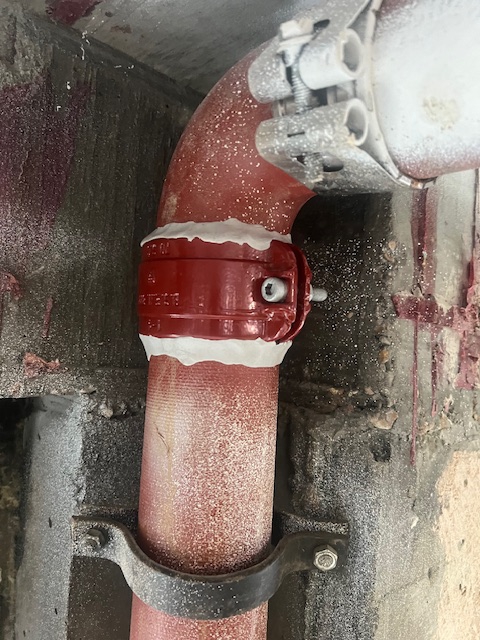
Once AB Original had hardened, it permanently sealed any leak paths. The repair was so effective that the engineering company decided to apply AB Original to all 300 joints on the rainwater stack, giving them full confidence the system would have no leaks once it was boxed back in and inaccessible.
The extended two-hour work time of AB Original allowed the engineers to thoroughly seal every joint at a reasonable pace without fear the putty would set before being properly applied.
120kg of AB Original was used for the repair. Supplying the epoxy putty in stick format eliminated the need to measure out separate components of Part A and Part B, making application quicker and more straightforward.
If you have an application you would like to enquire about, then please get in touch
Call: +44 (0)1444 831 459
Email: sales@sylmasta.com

